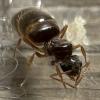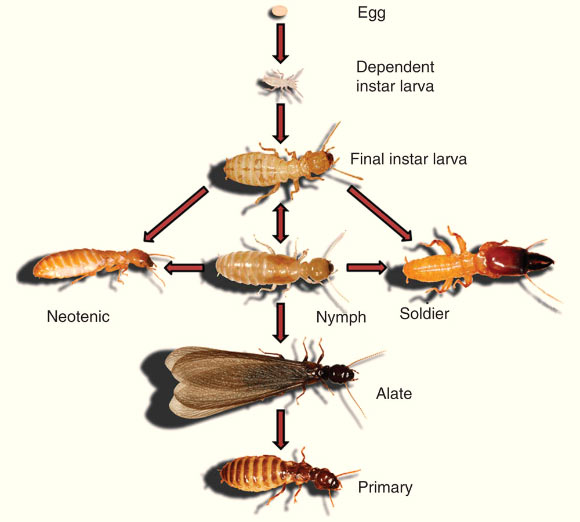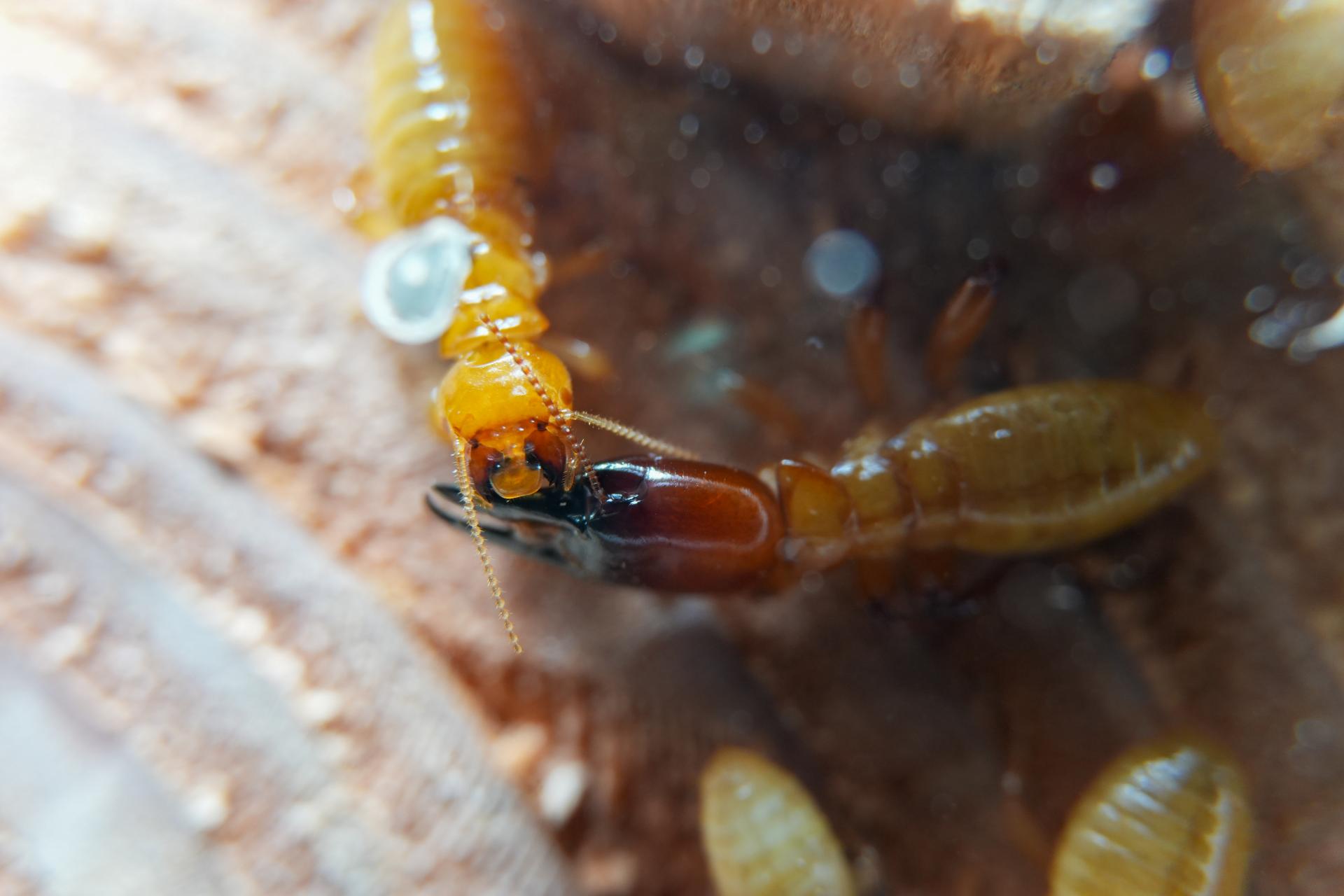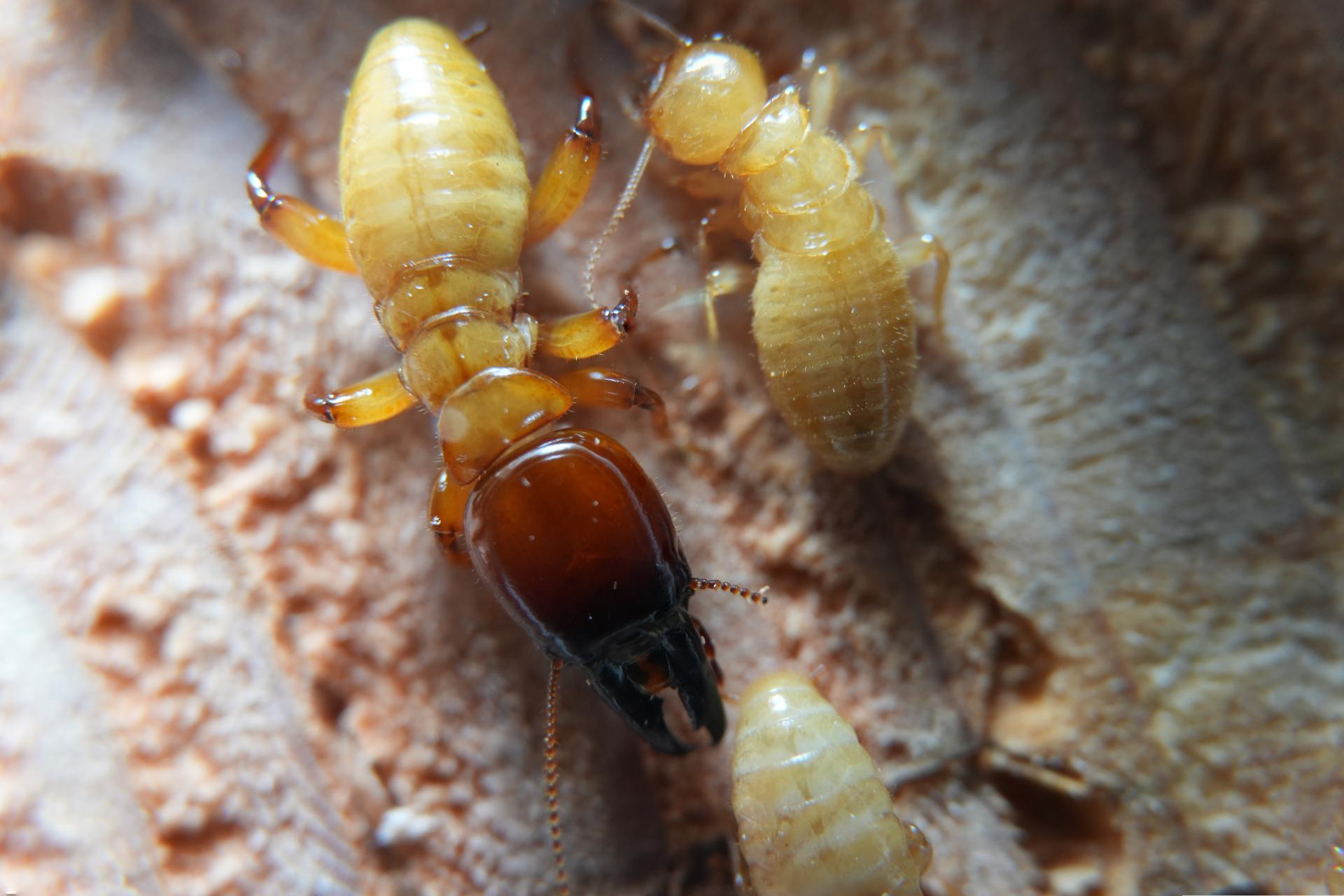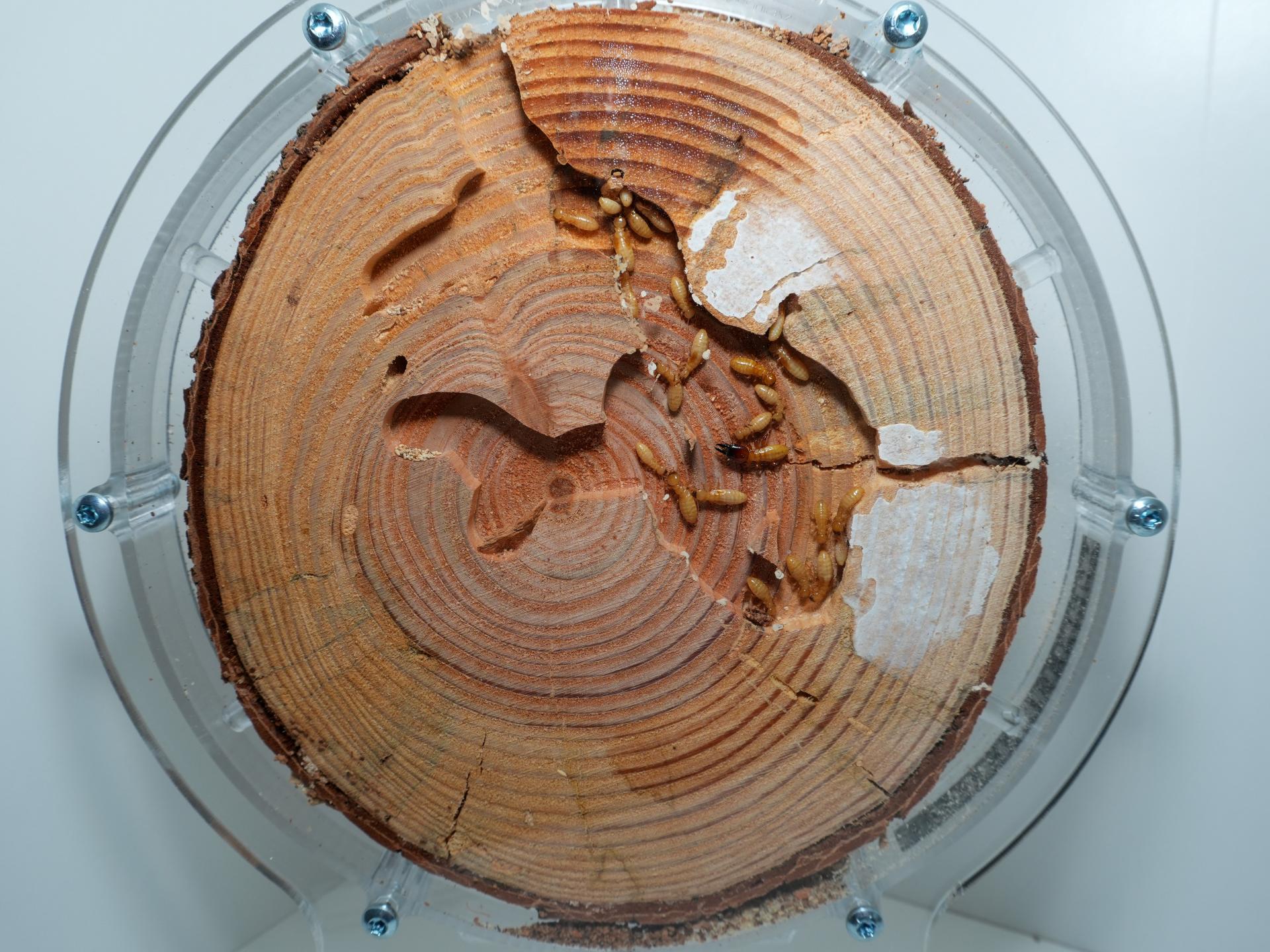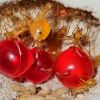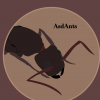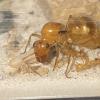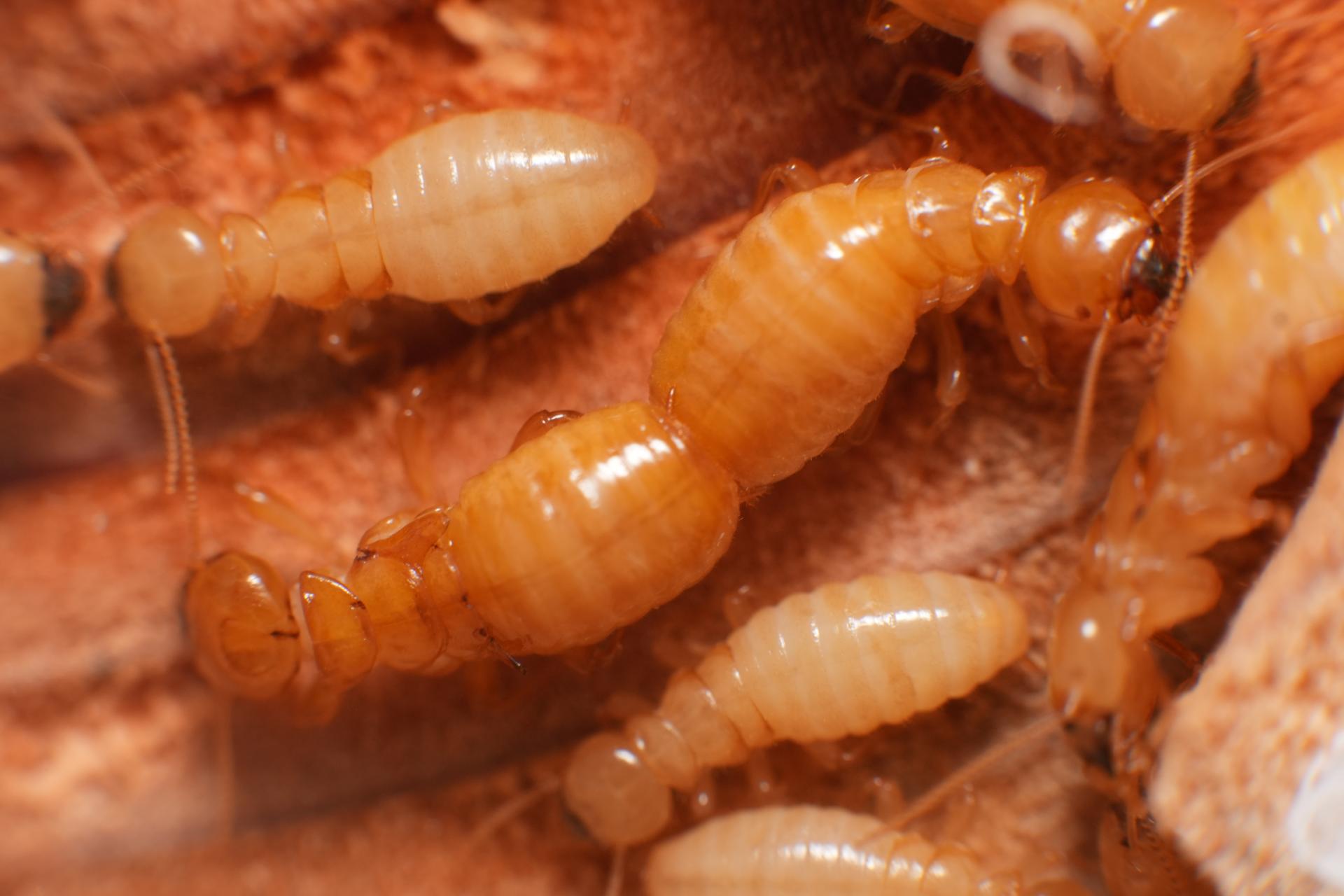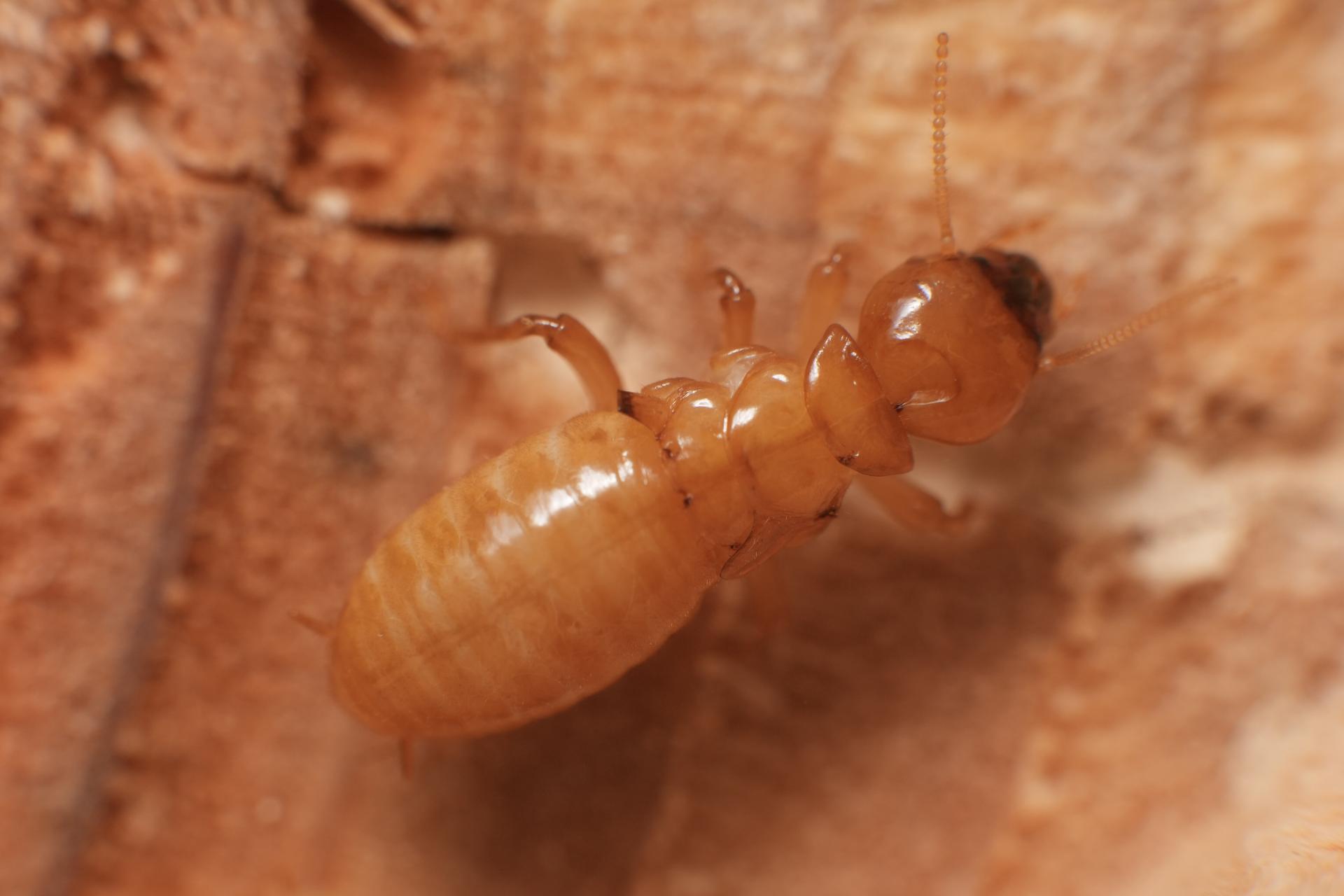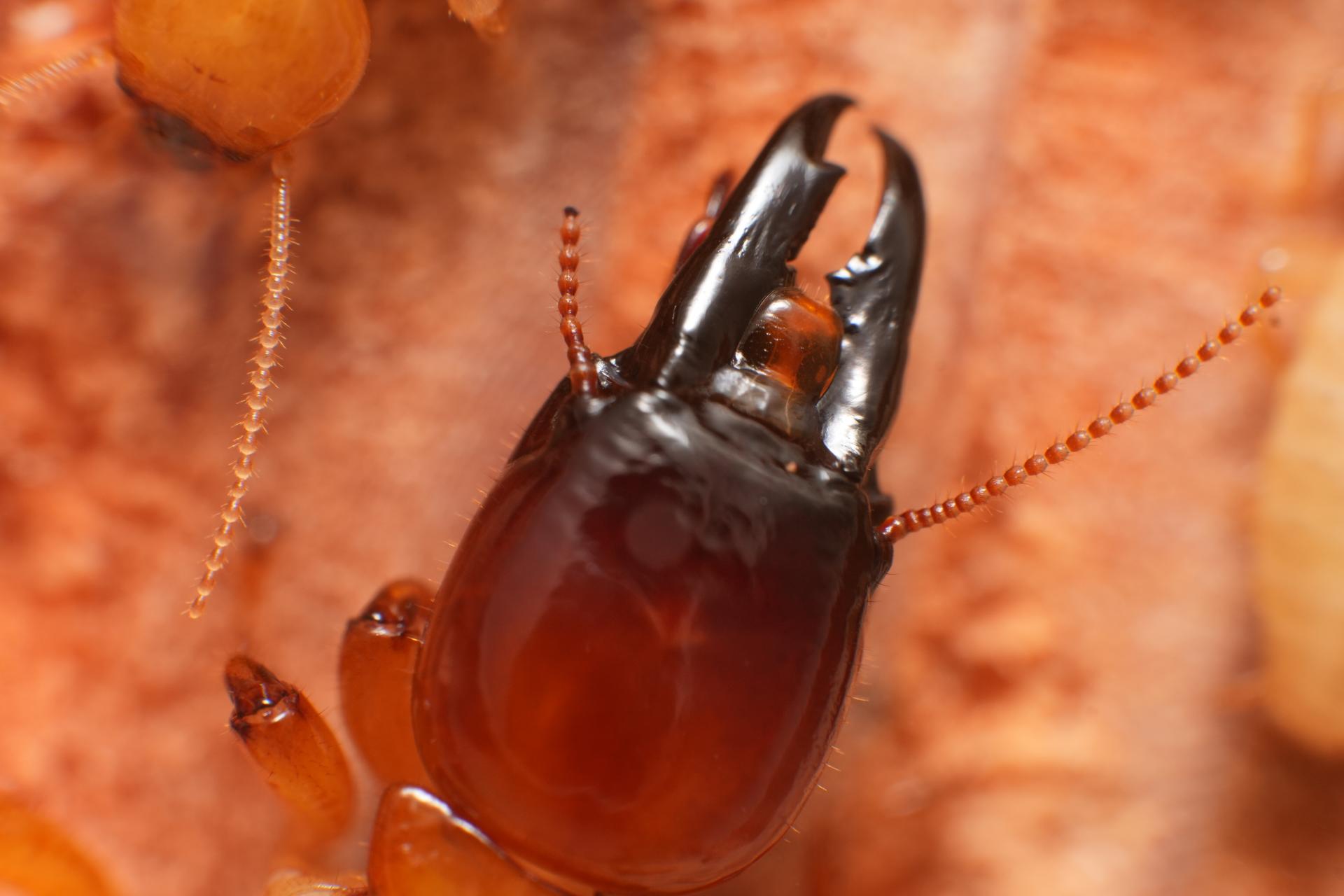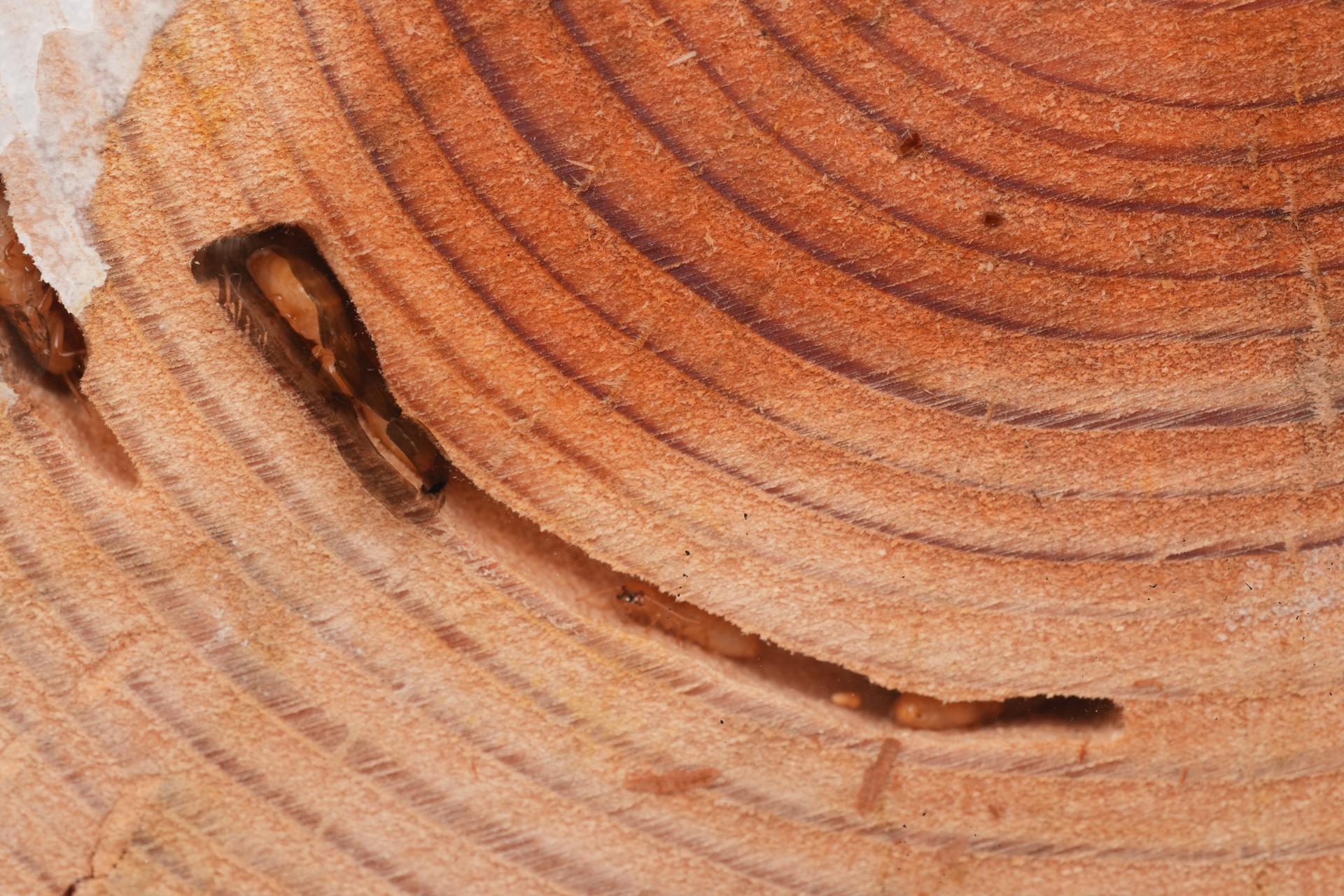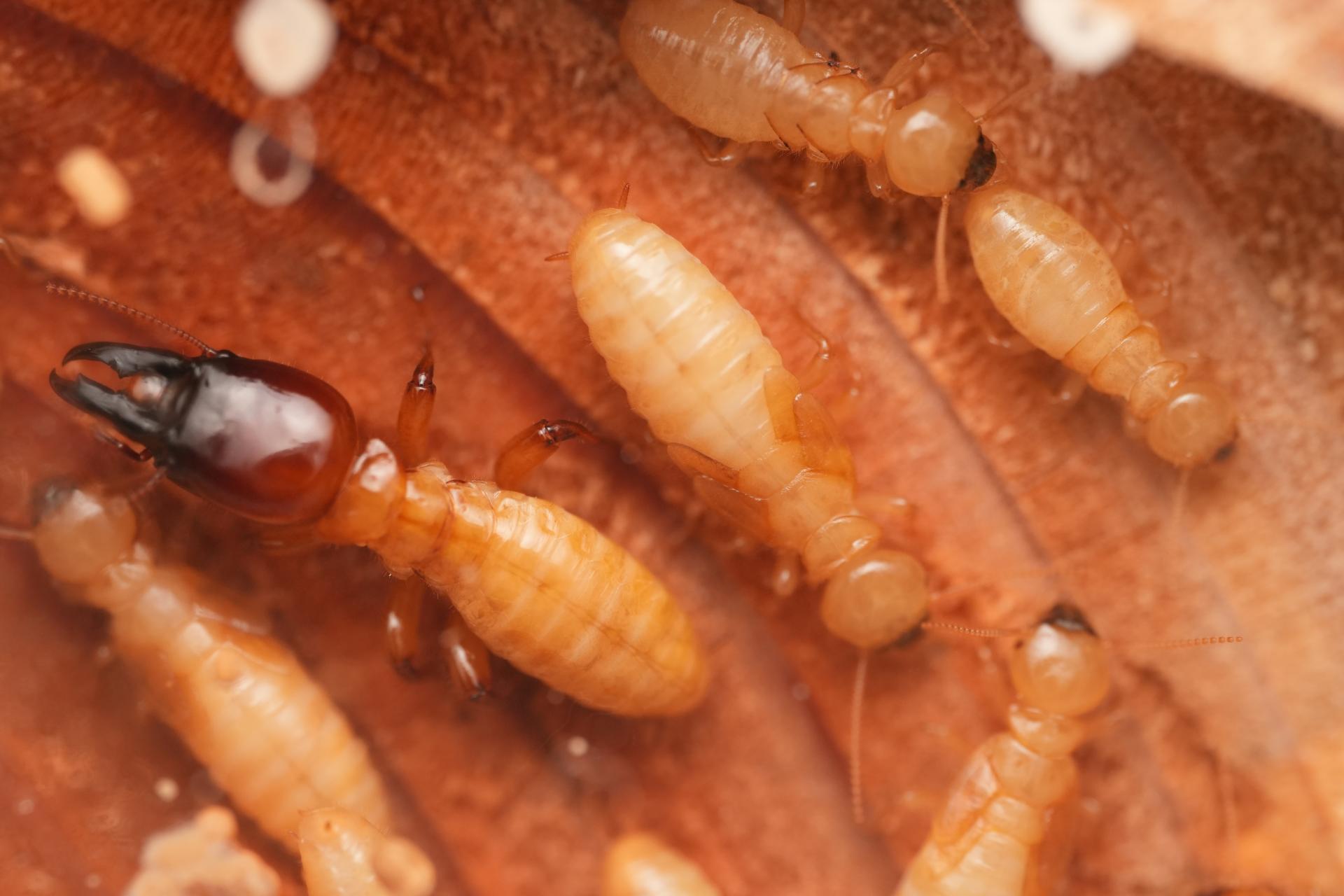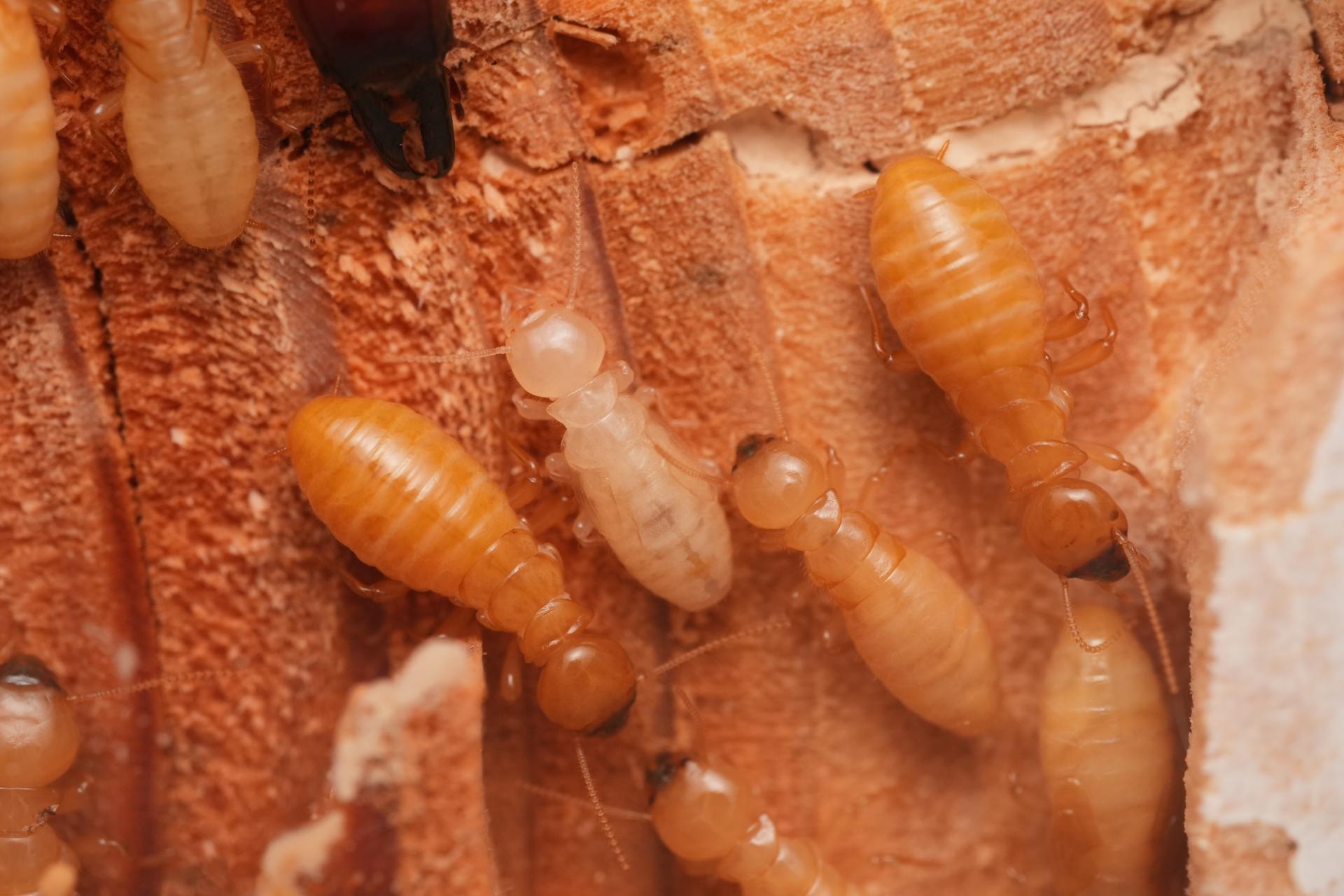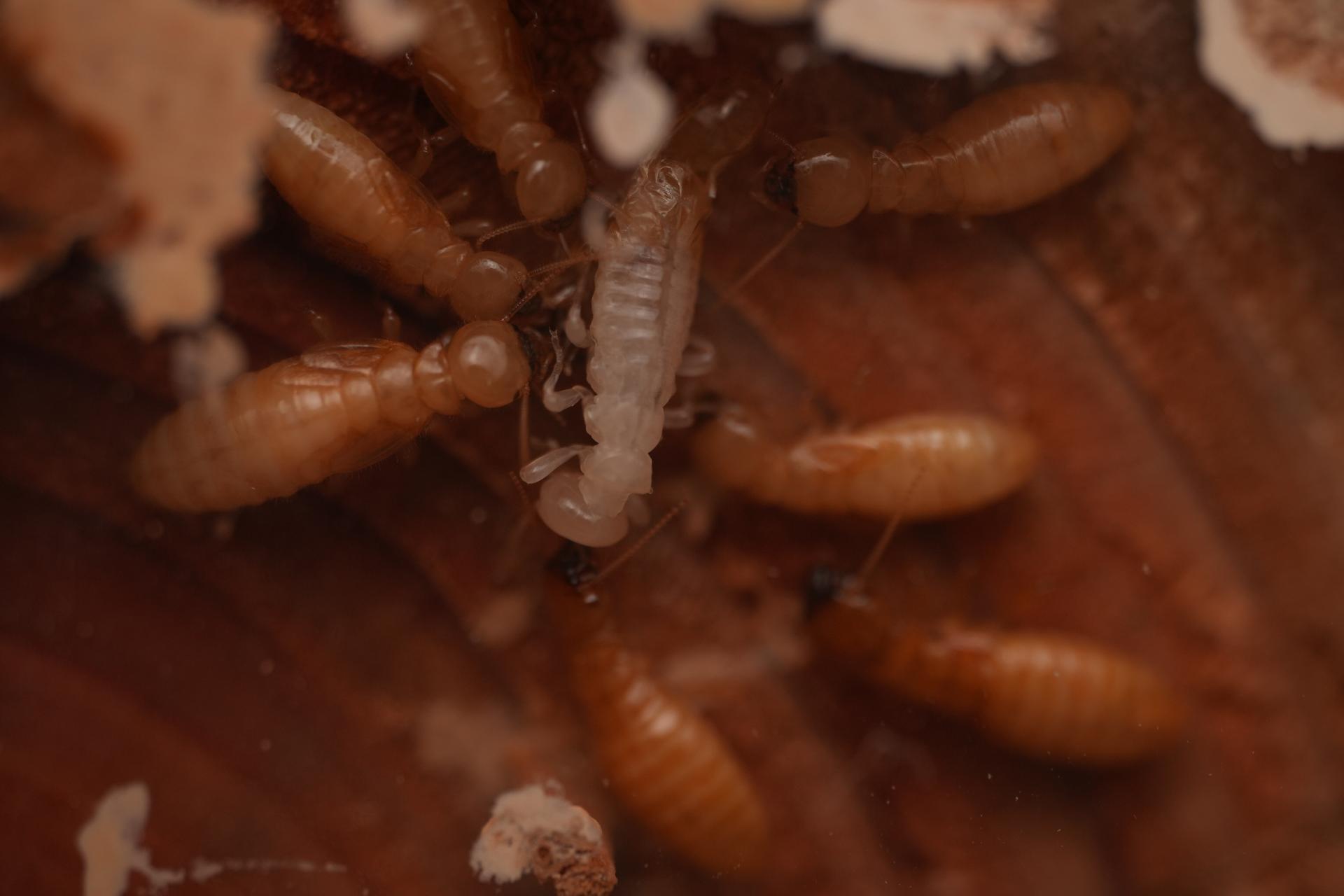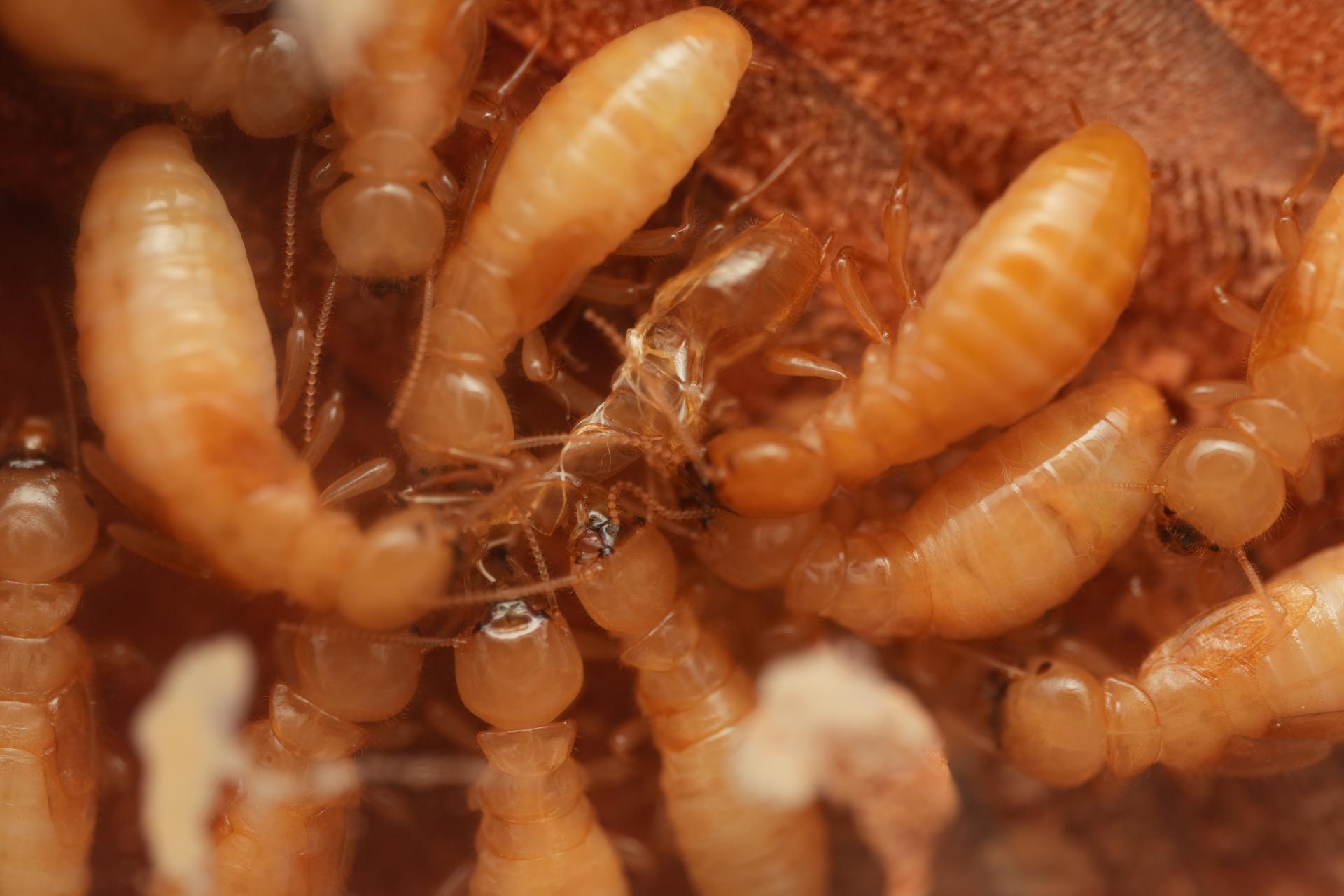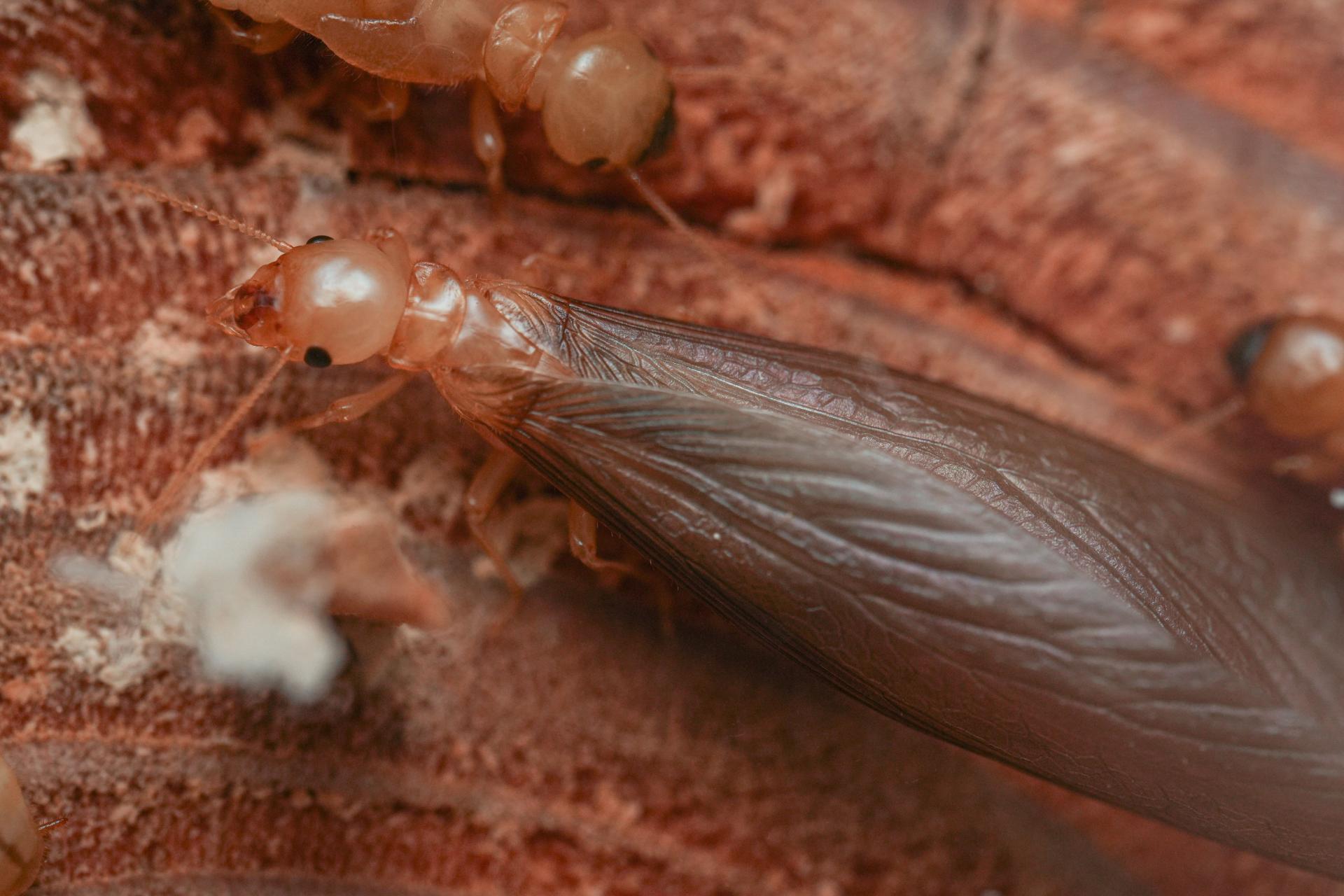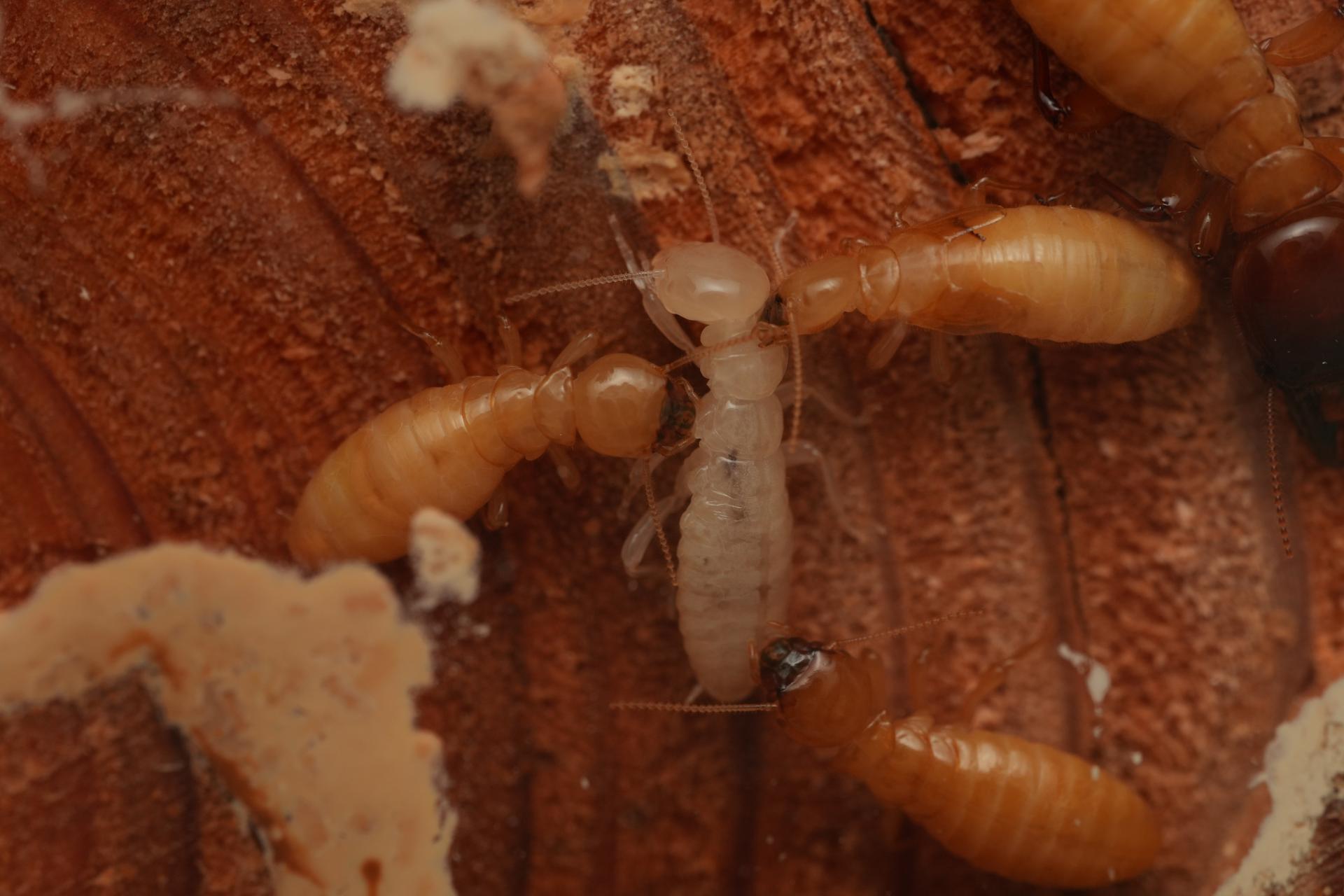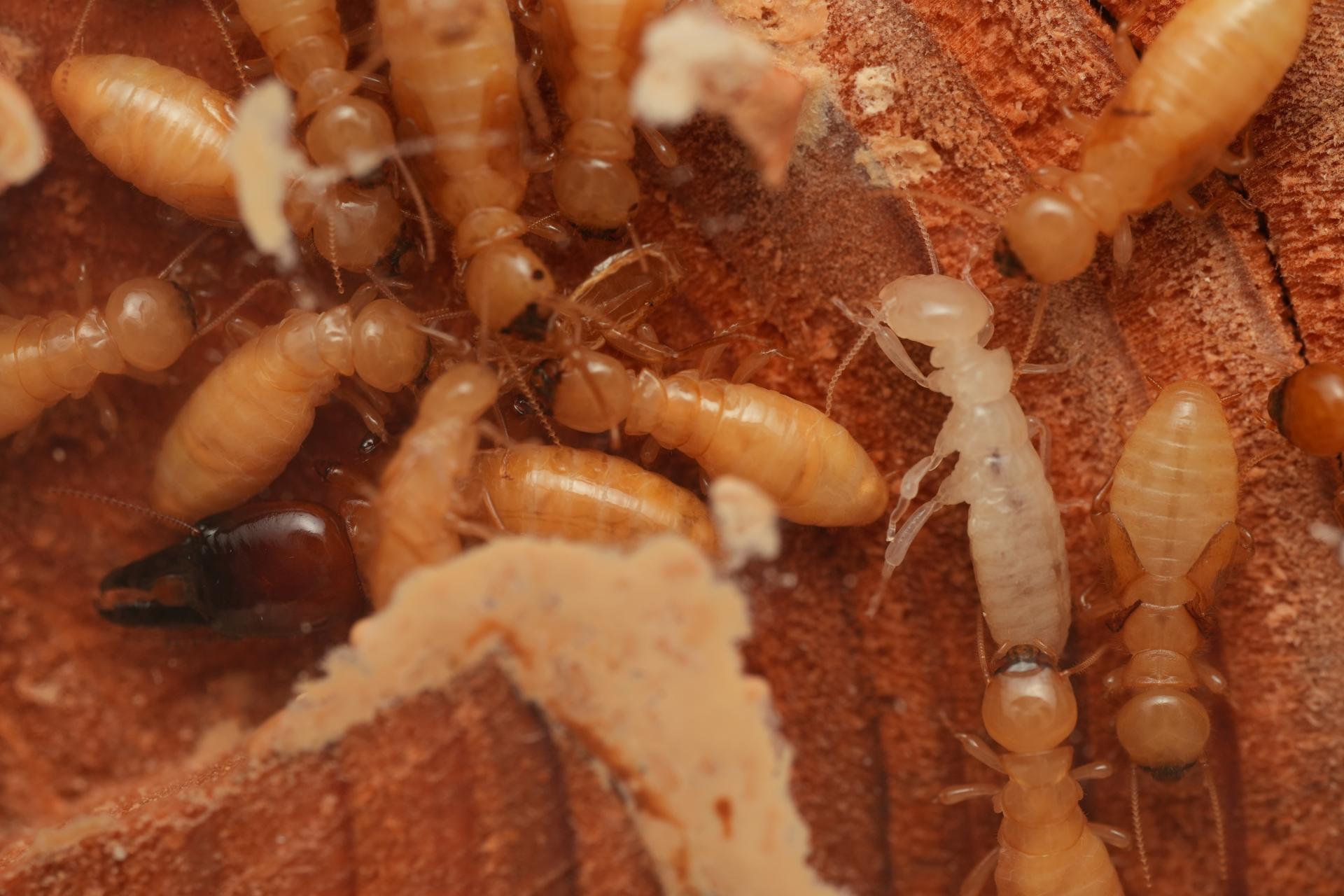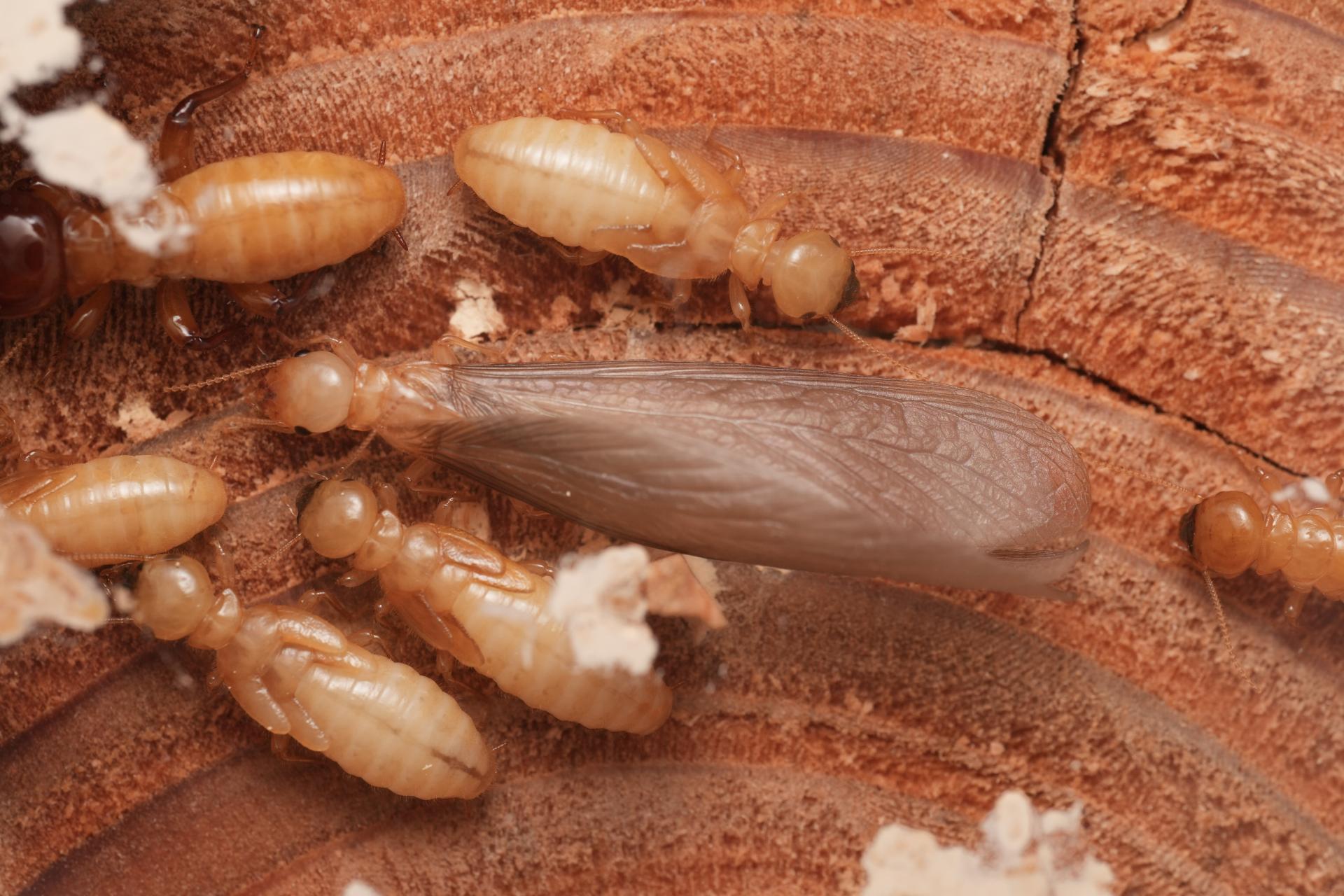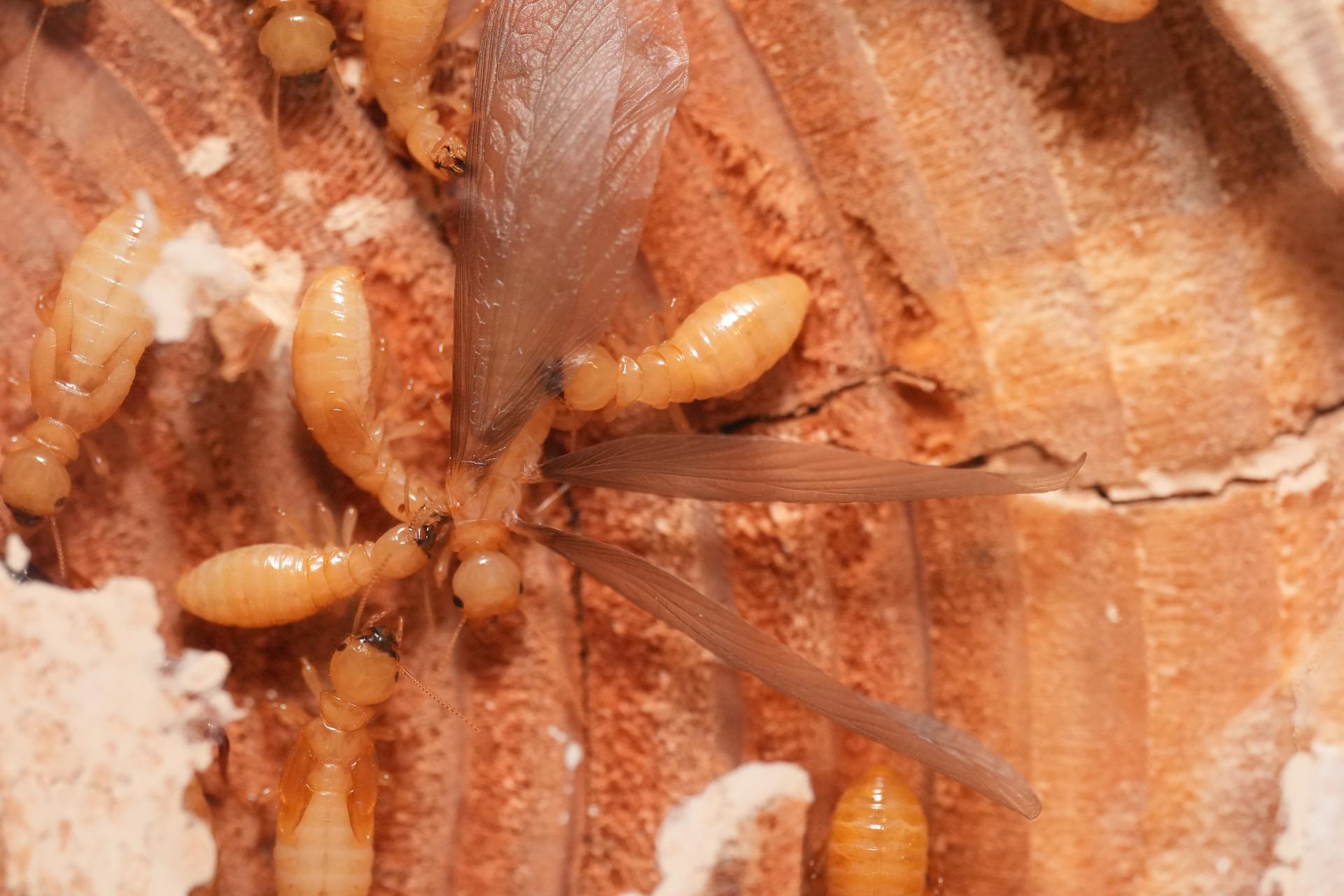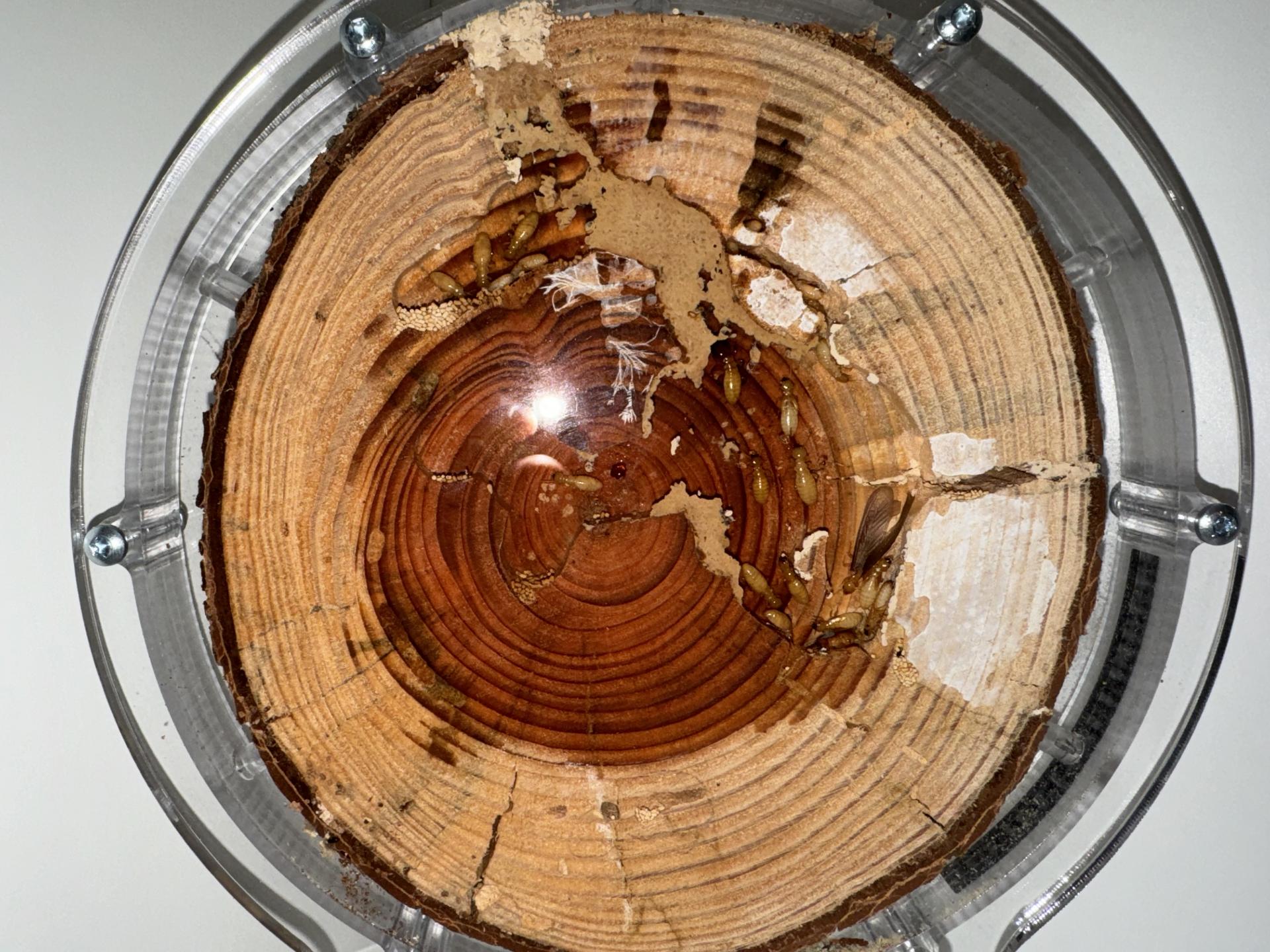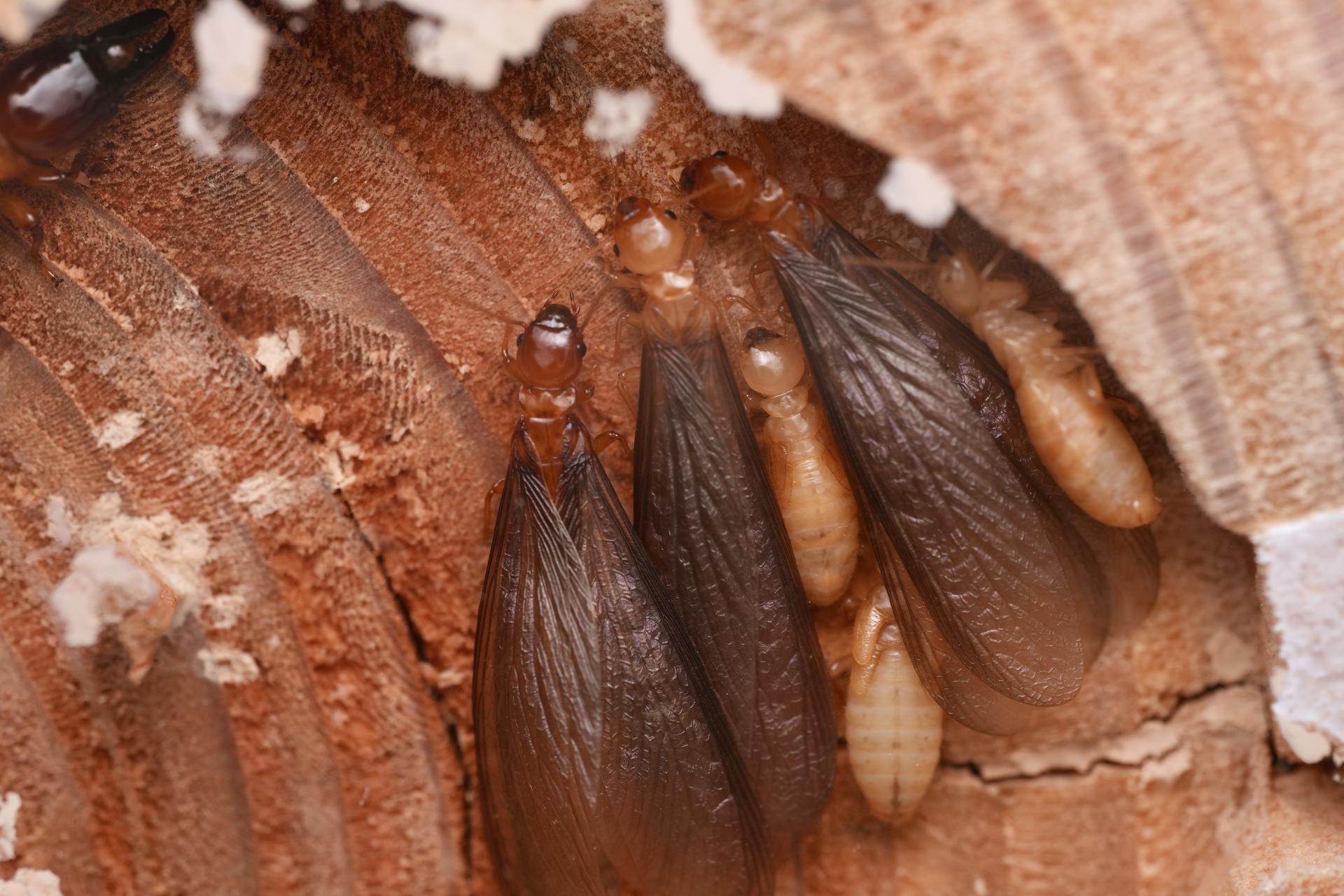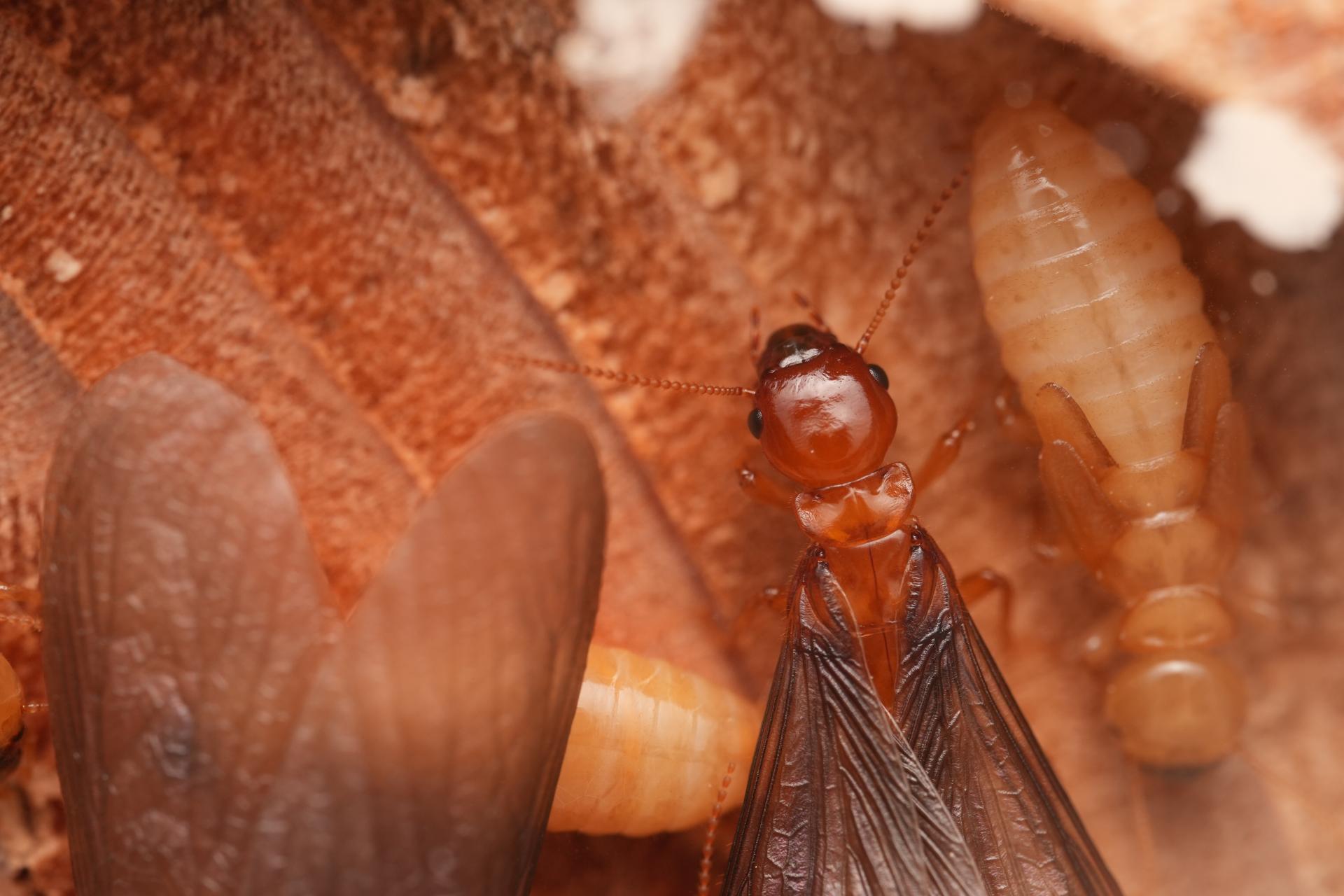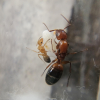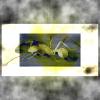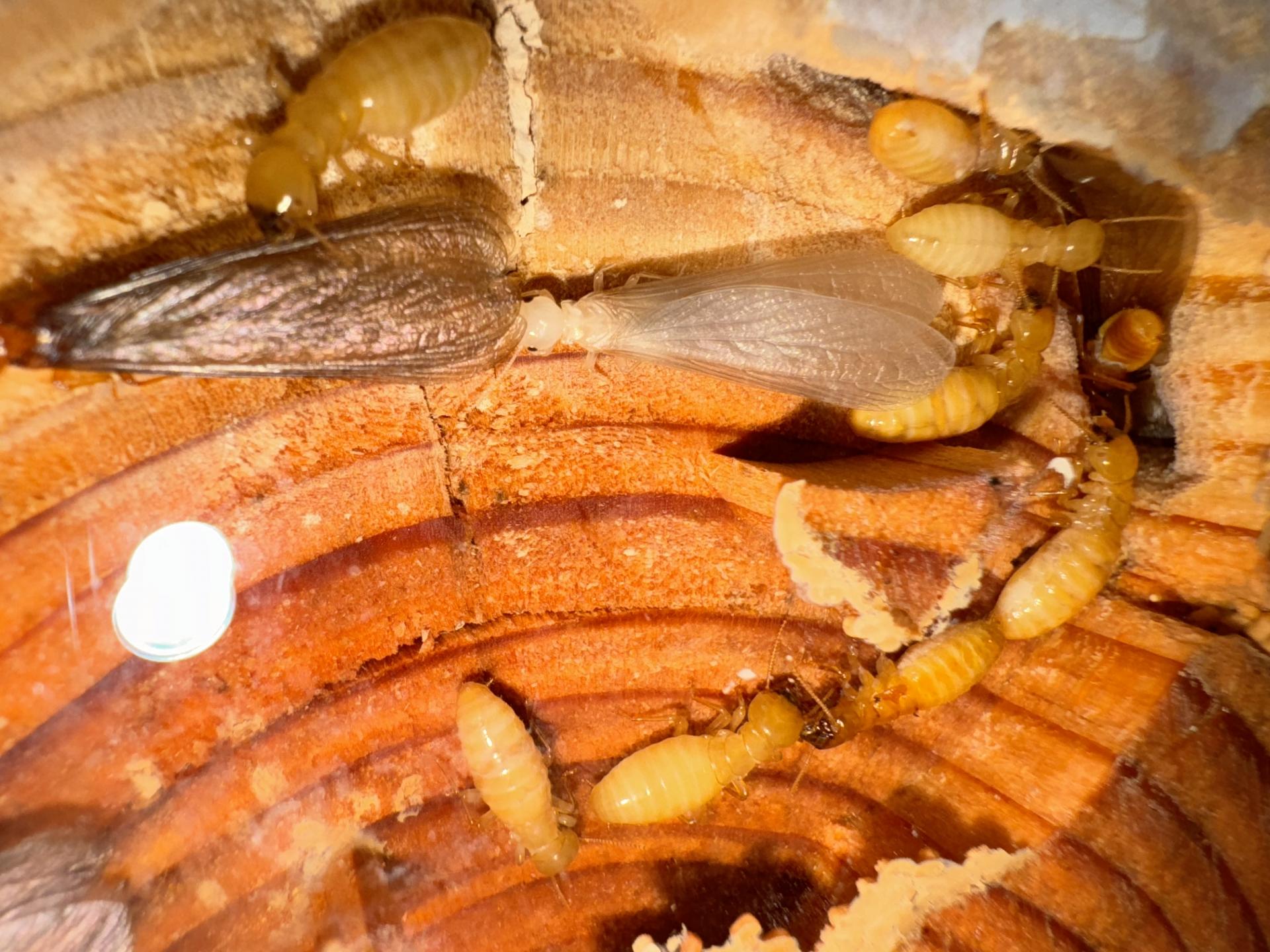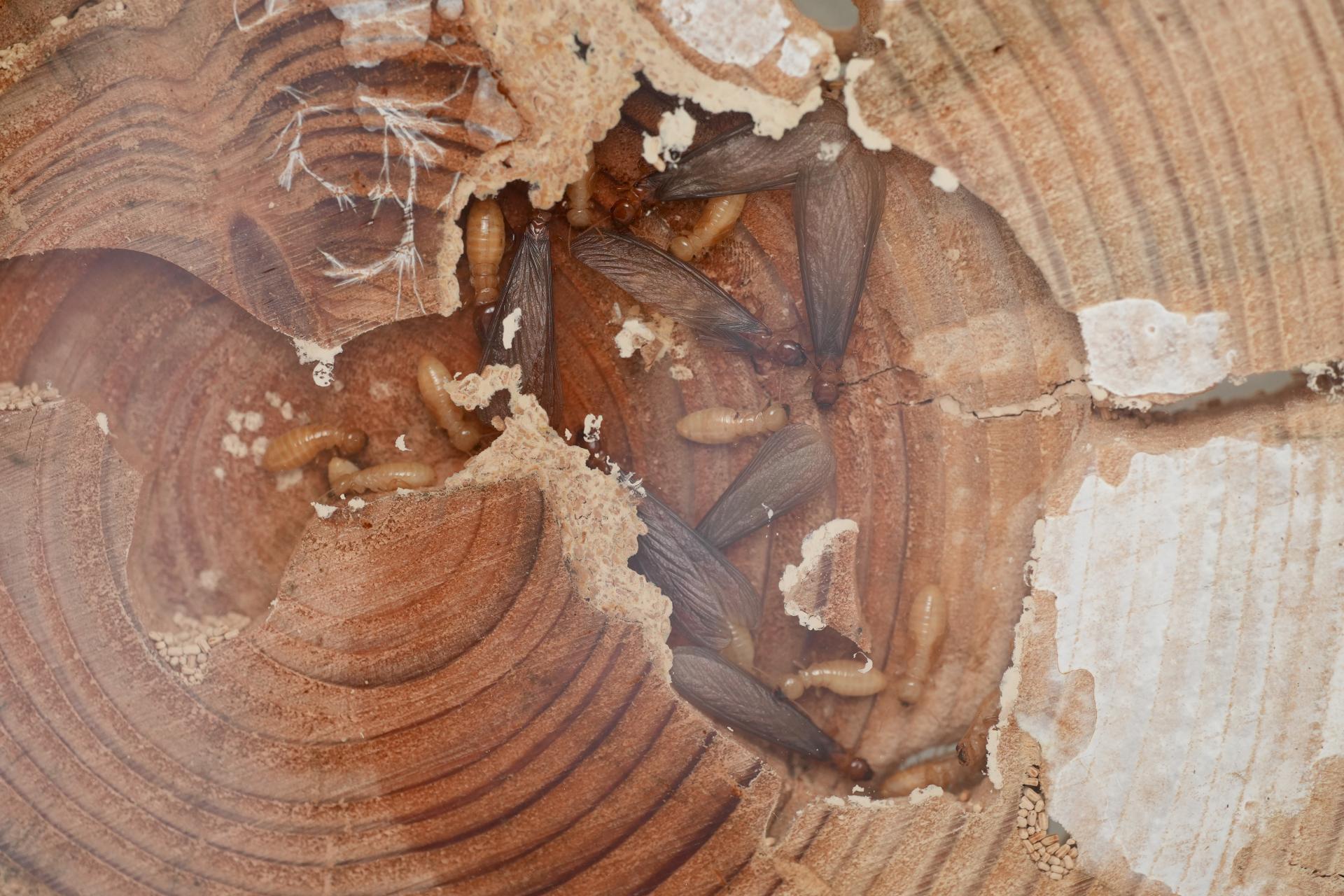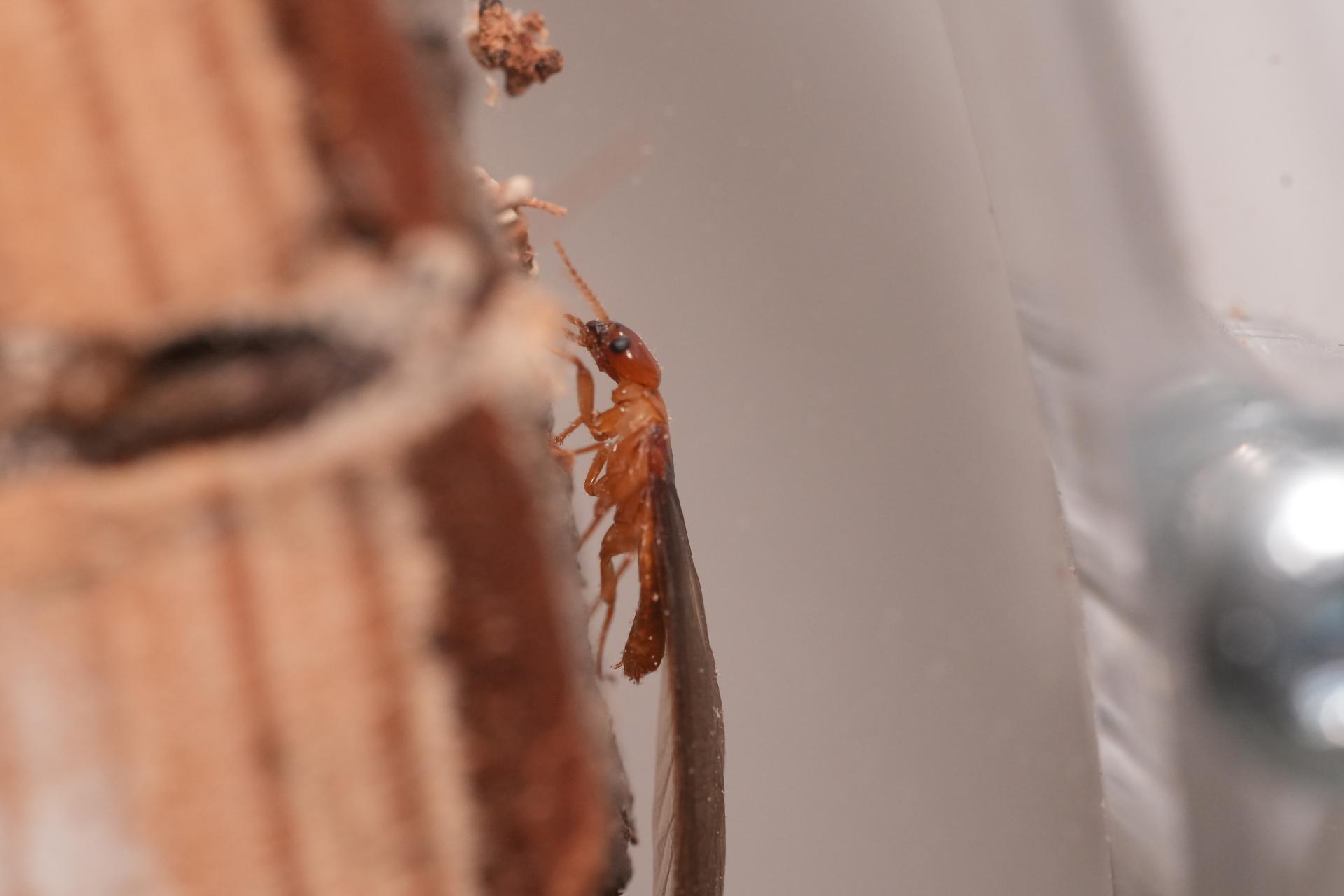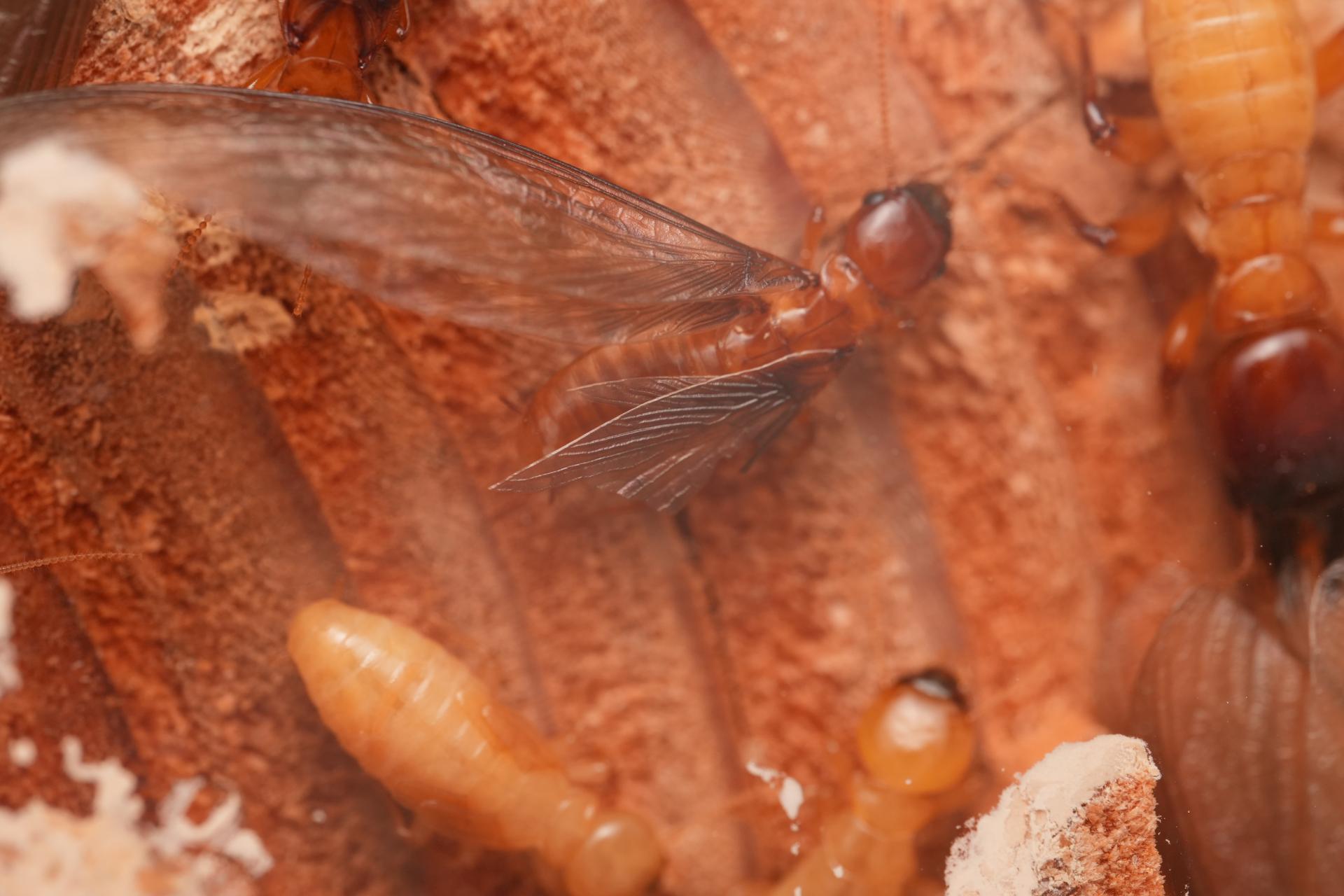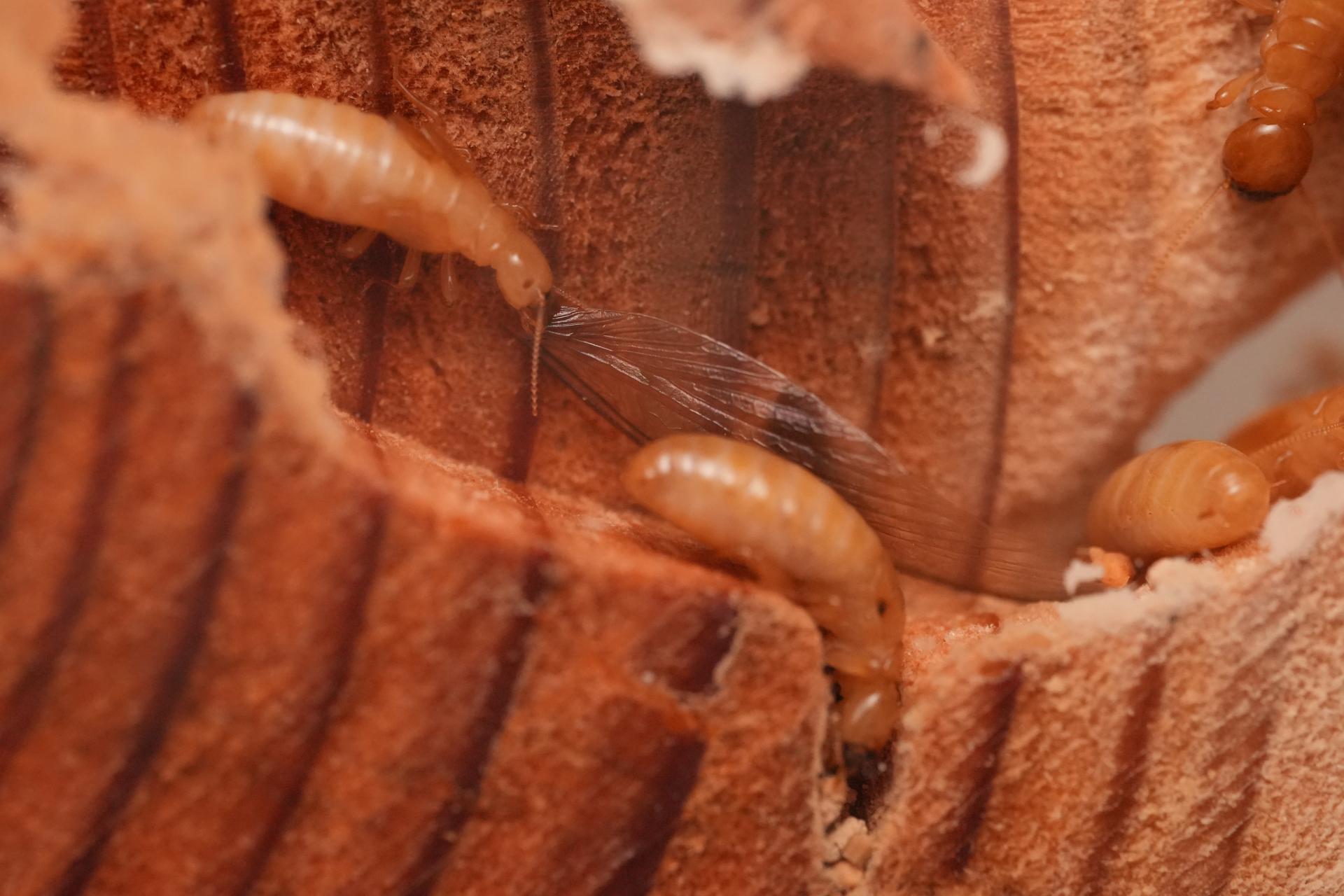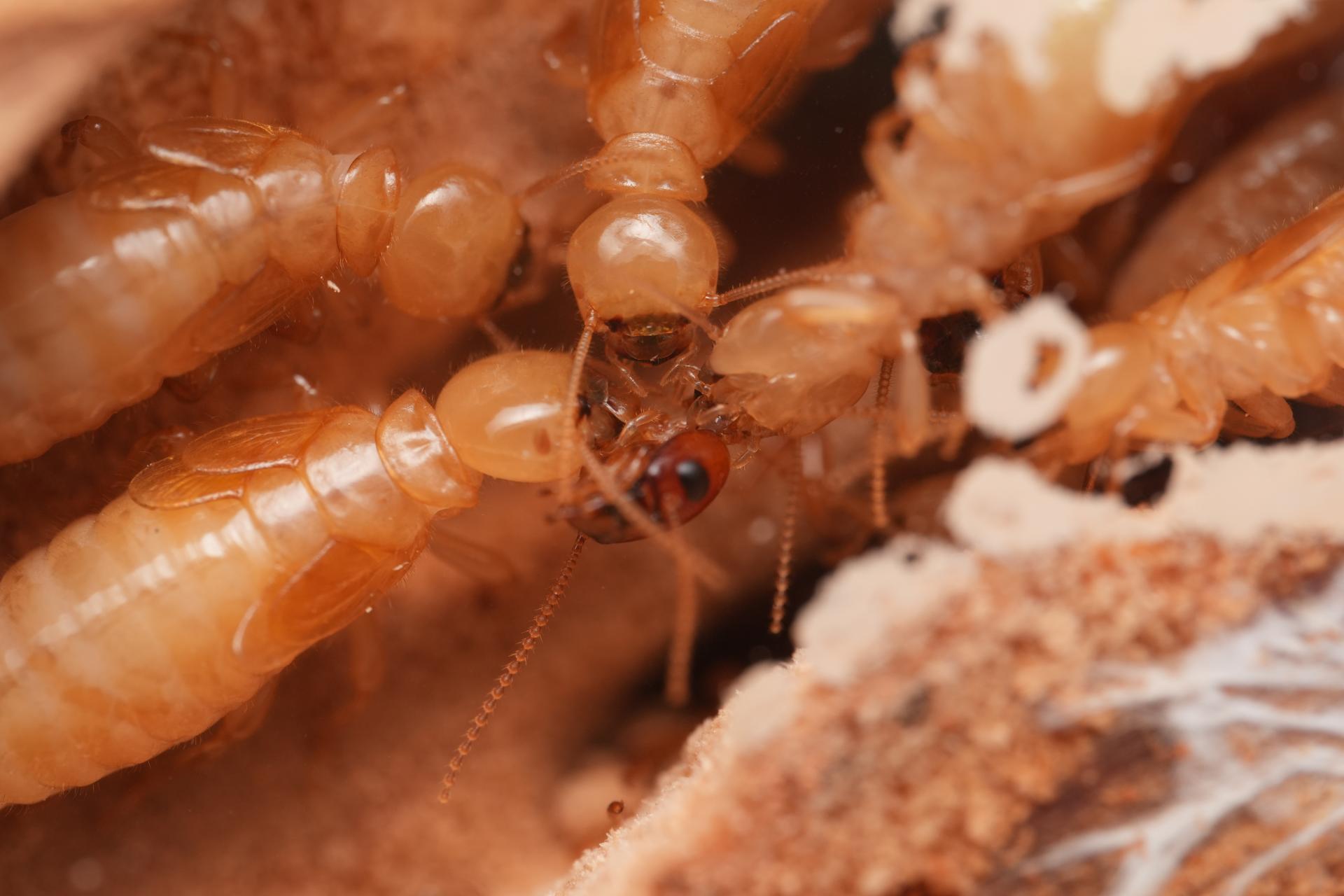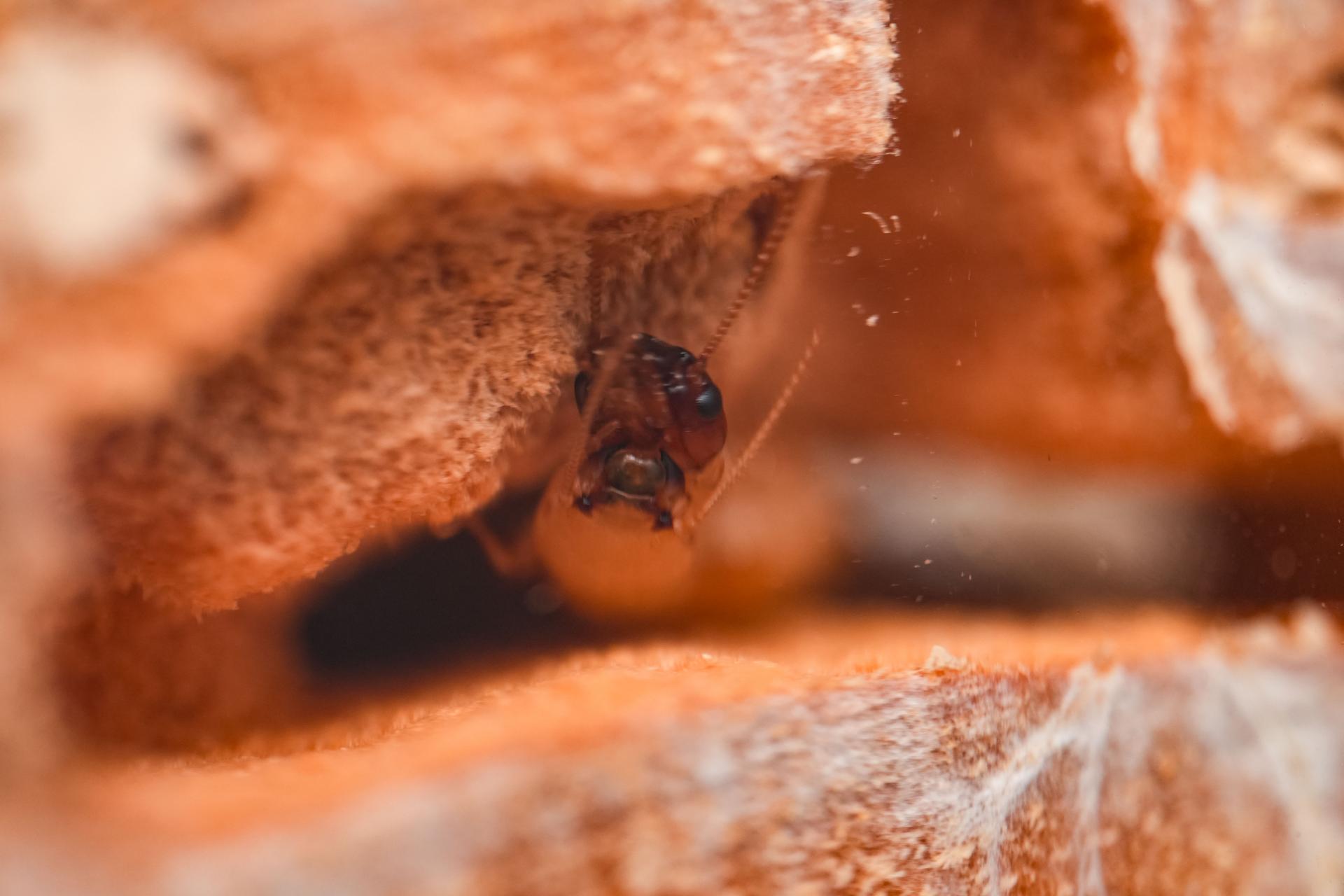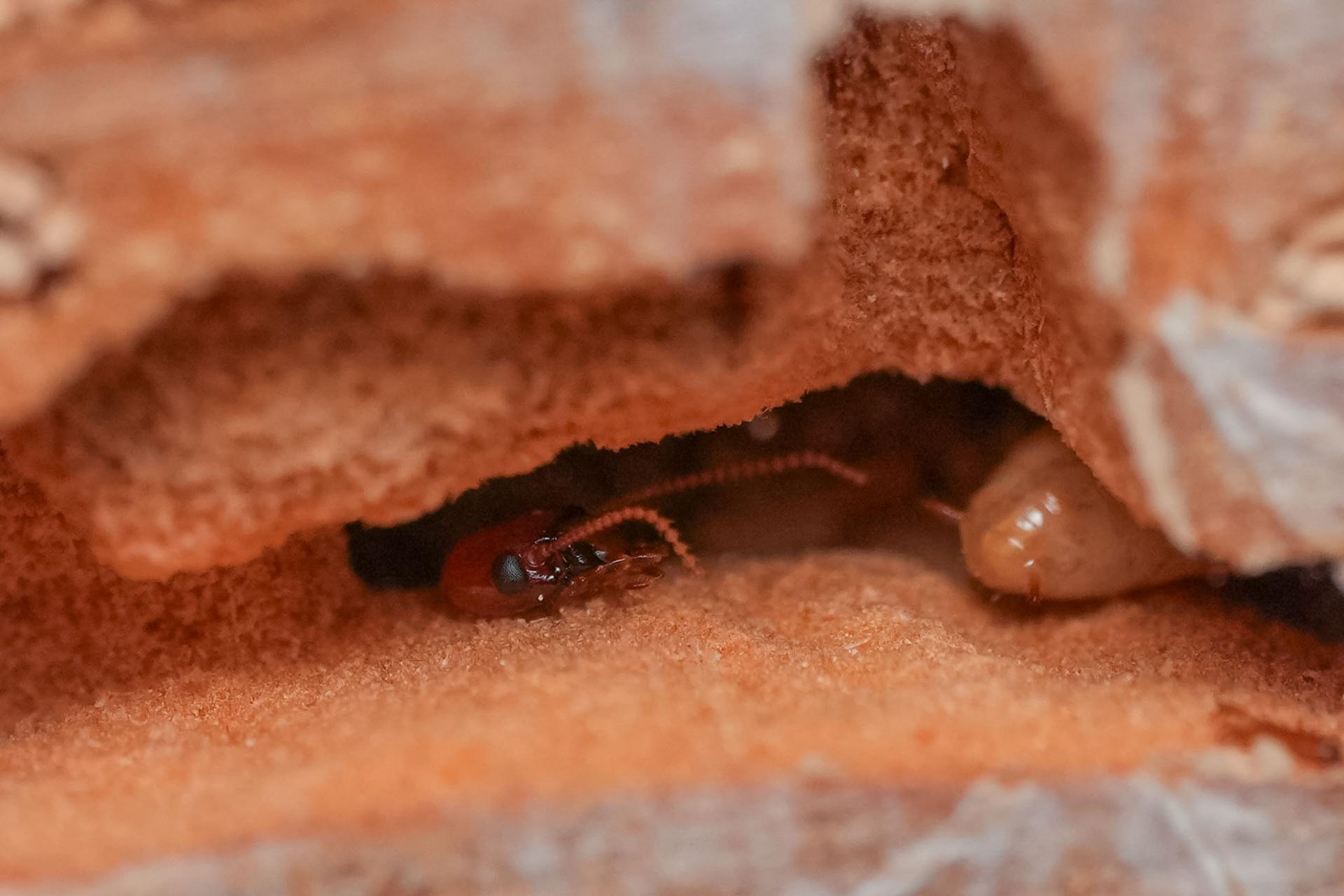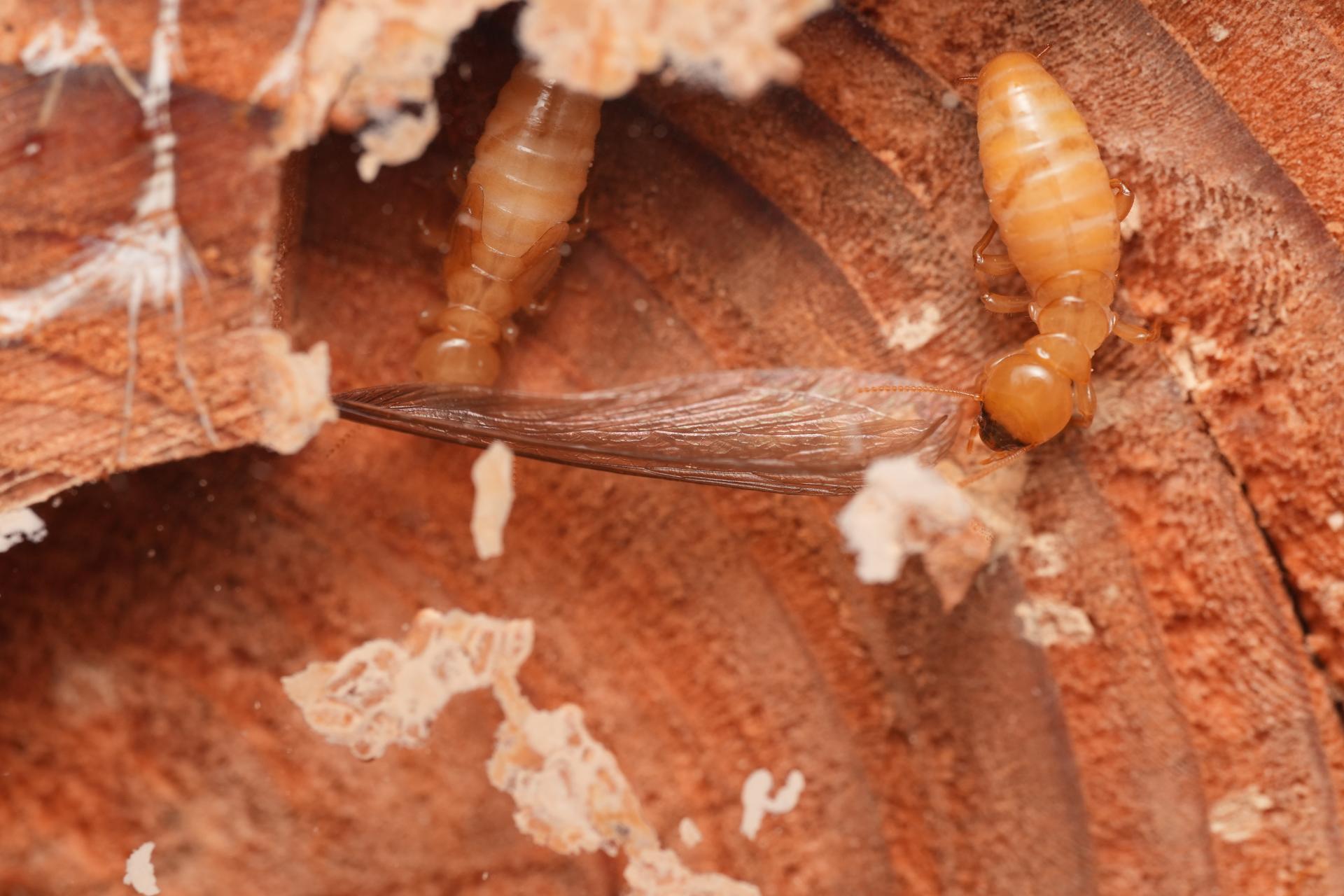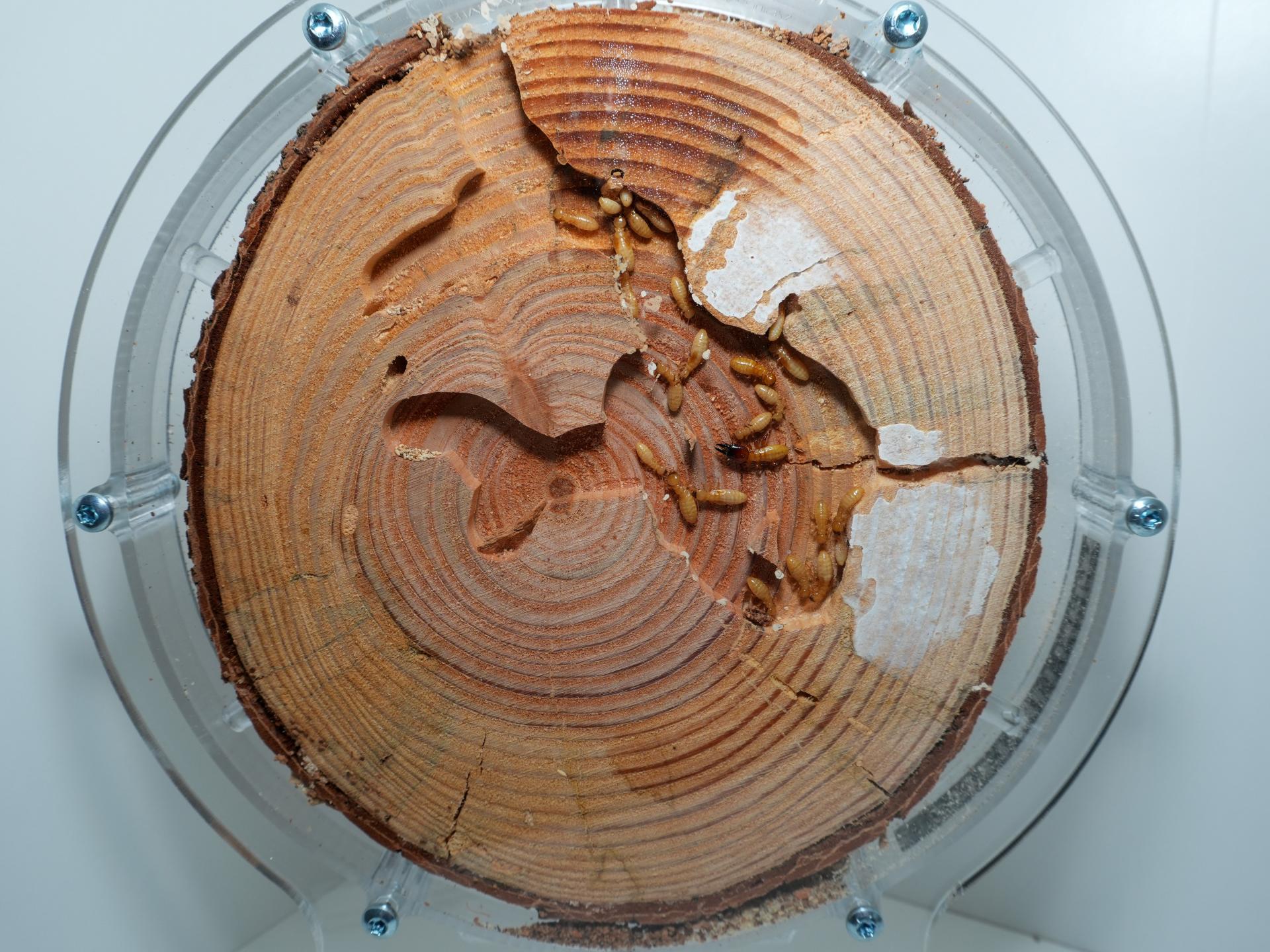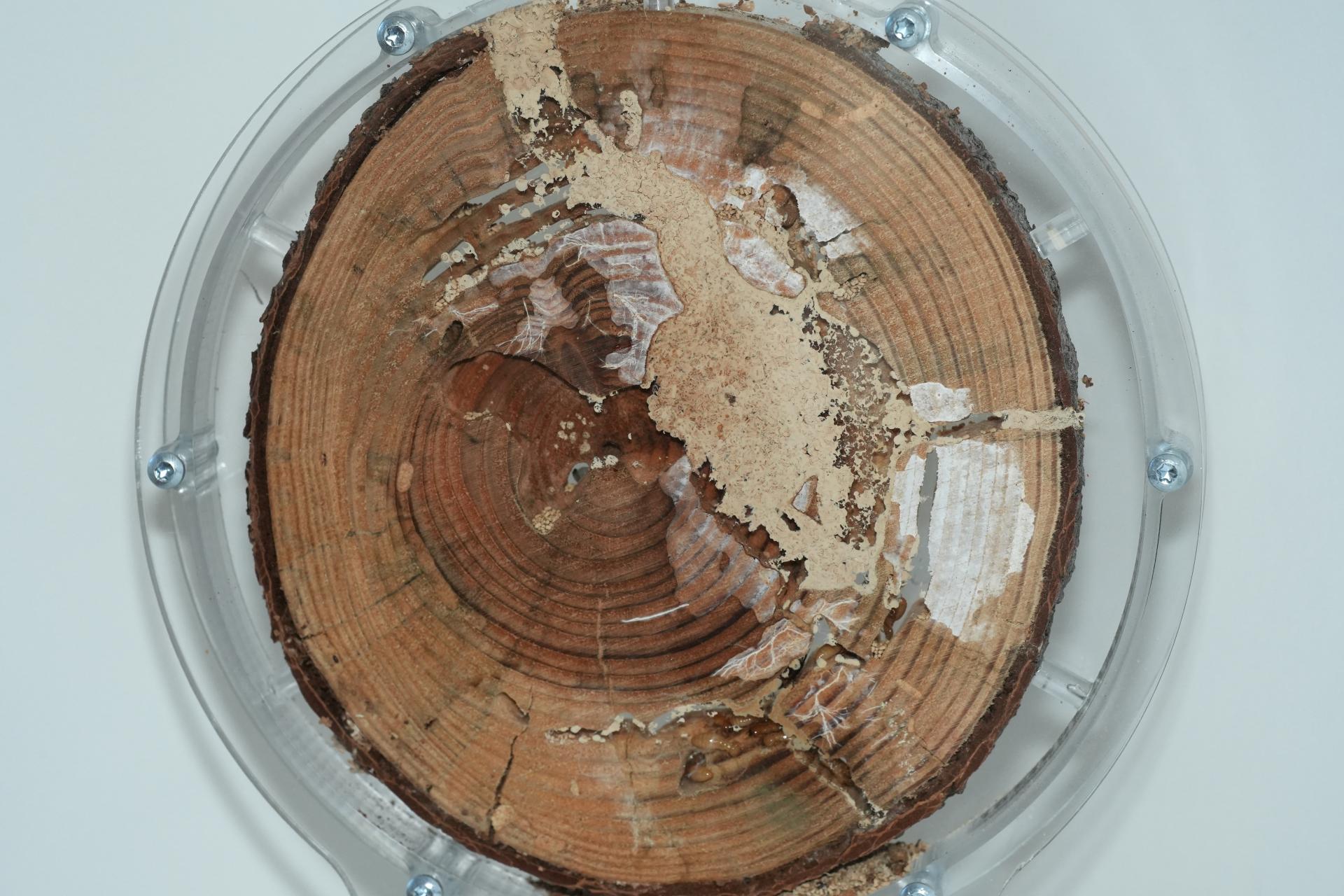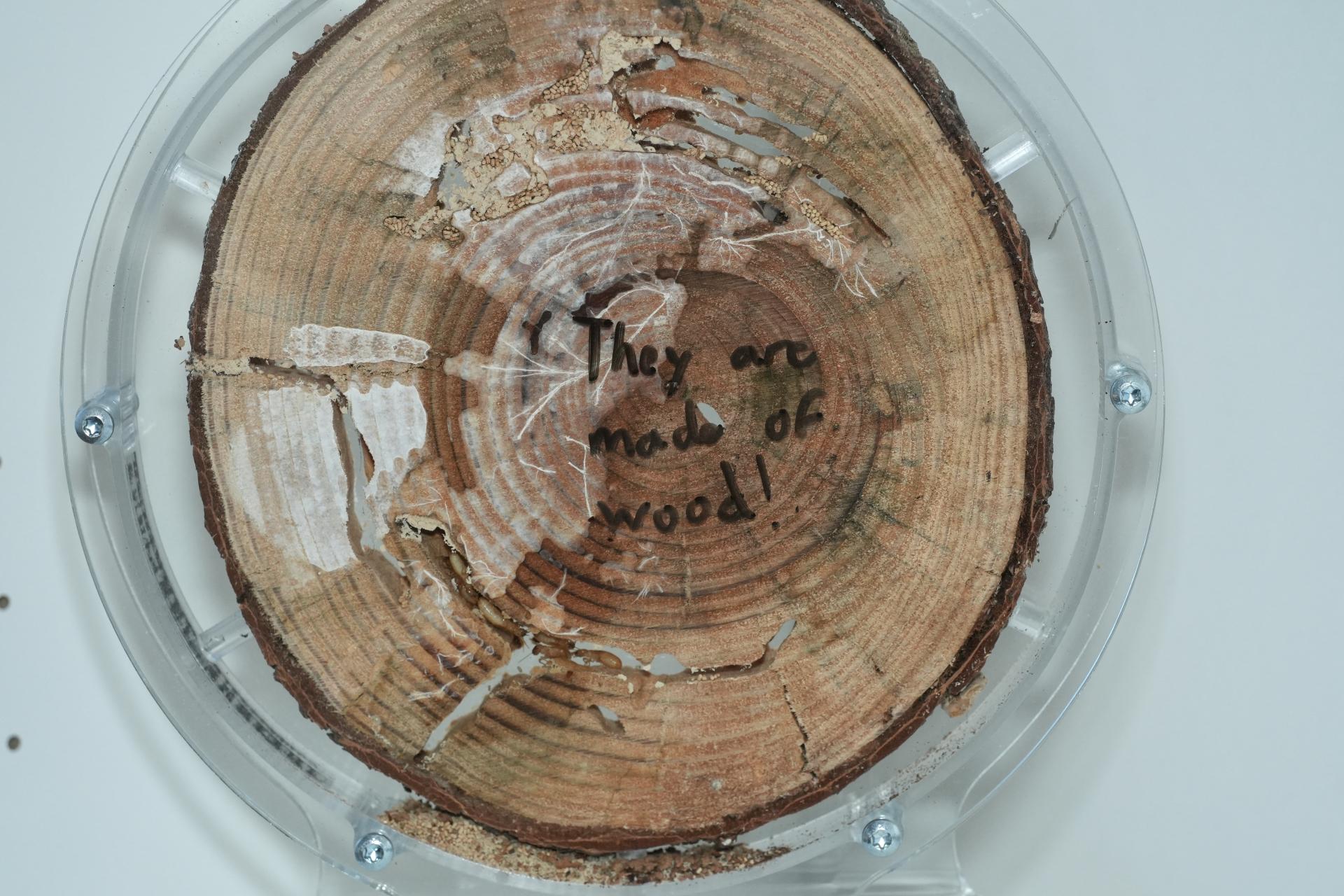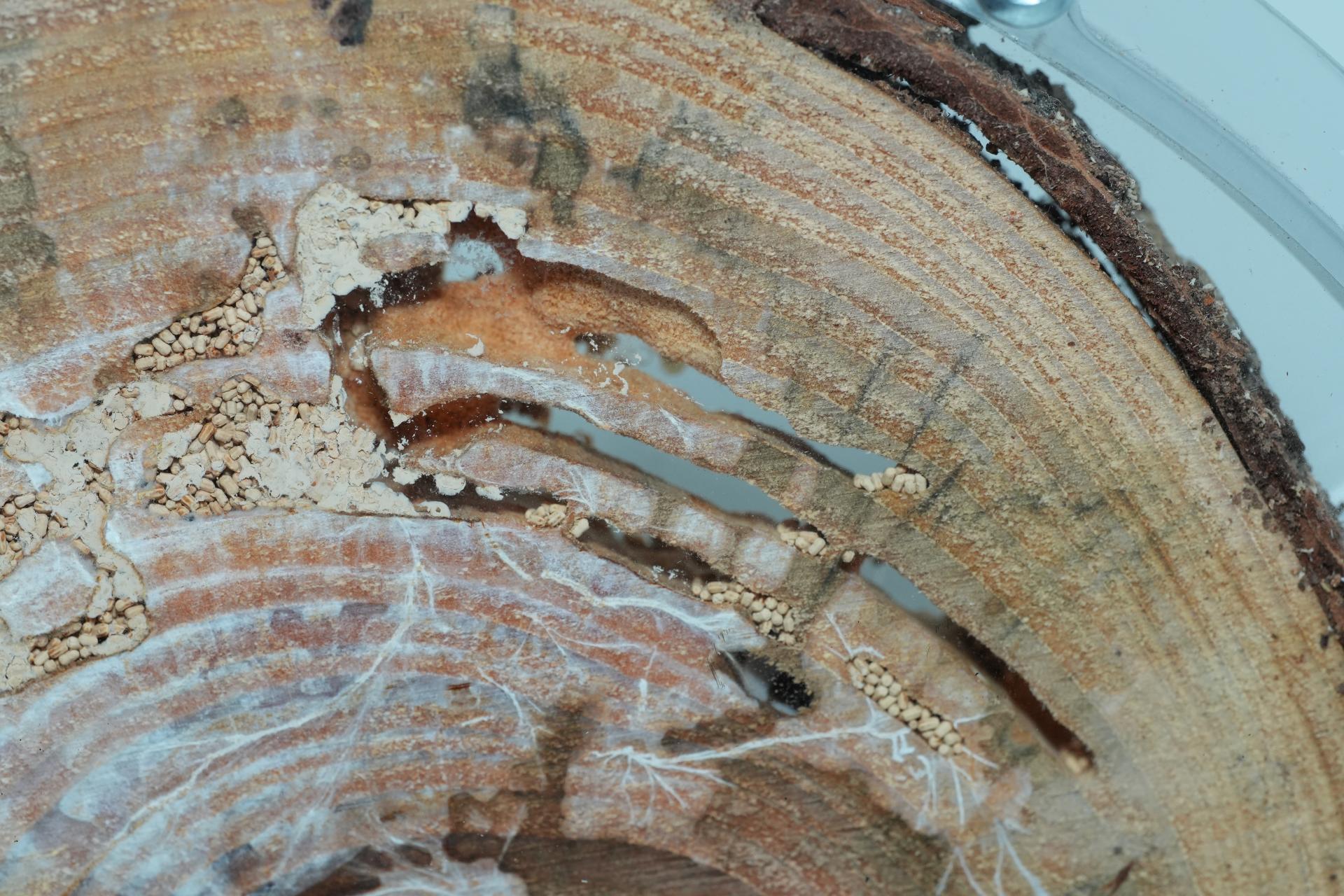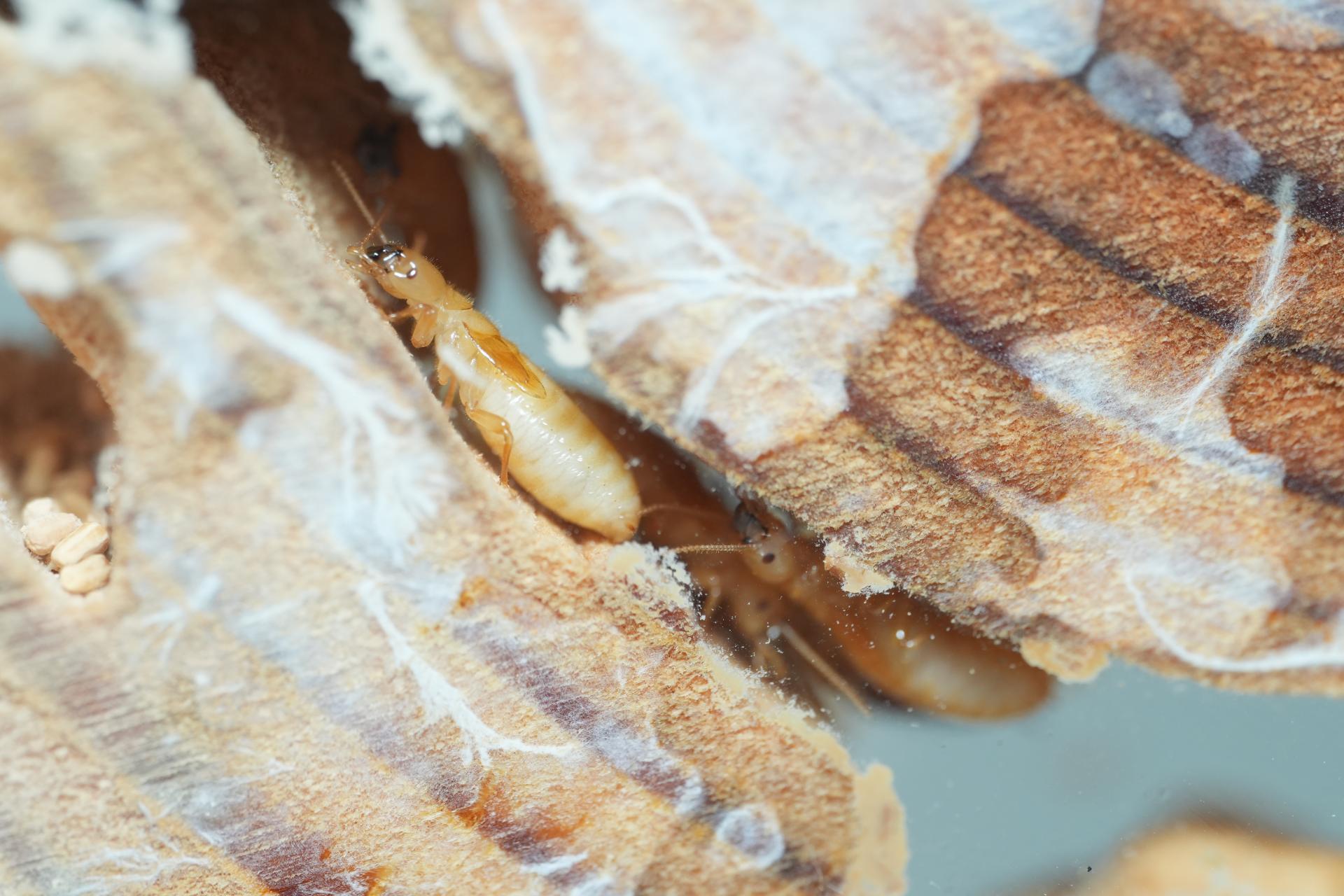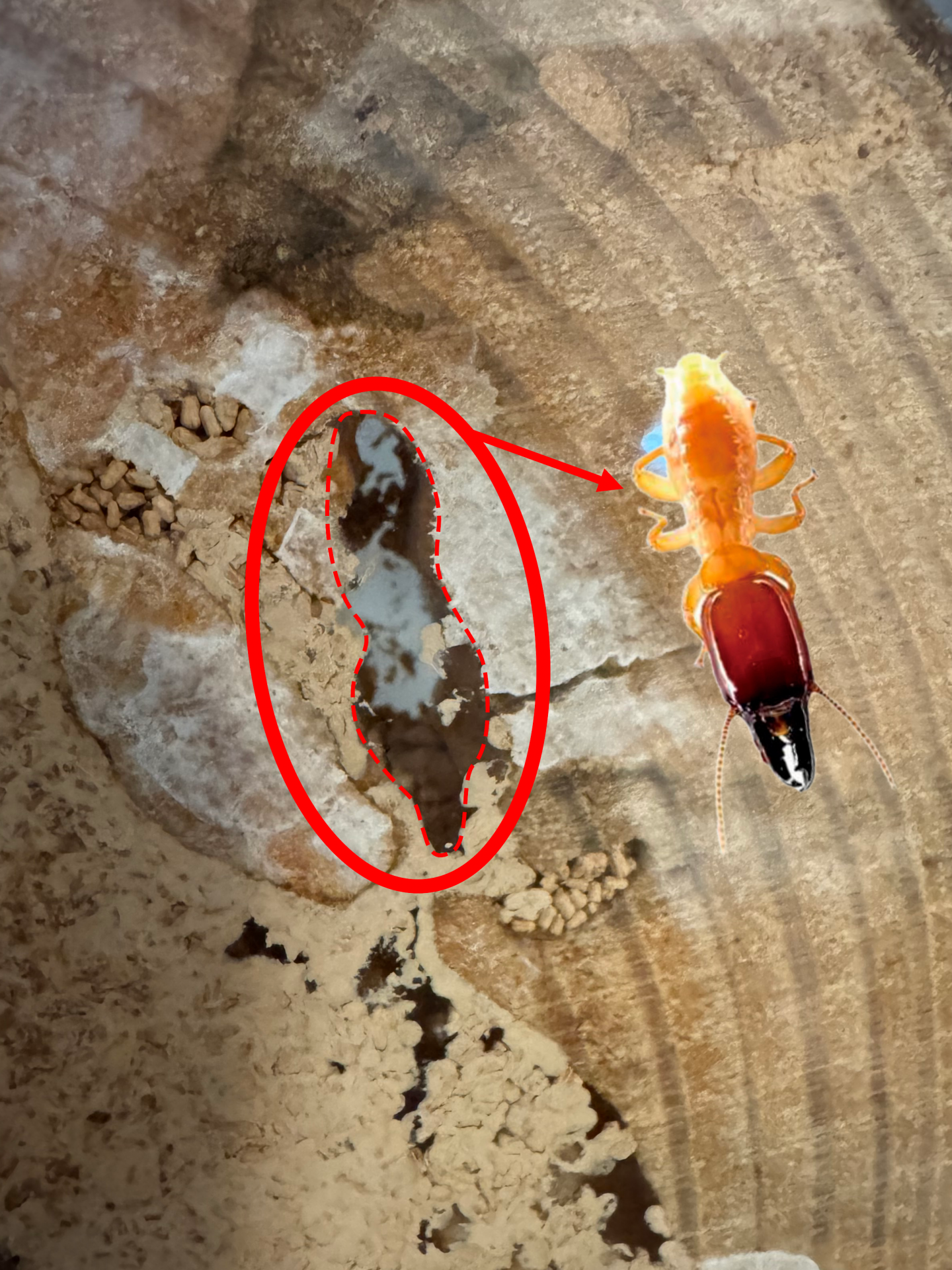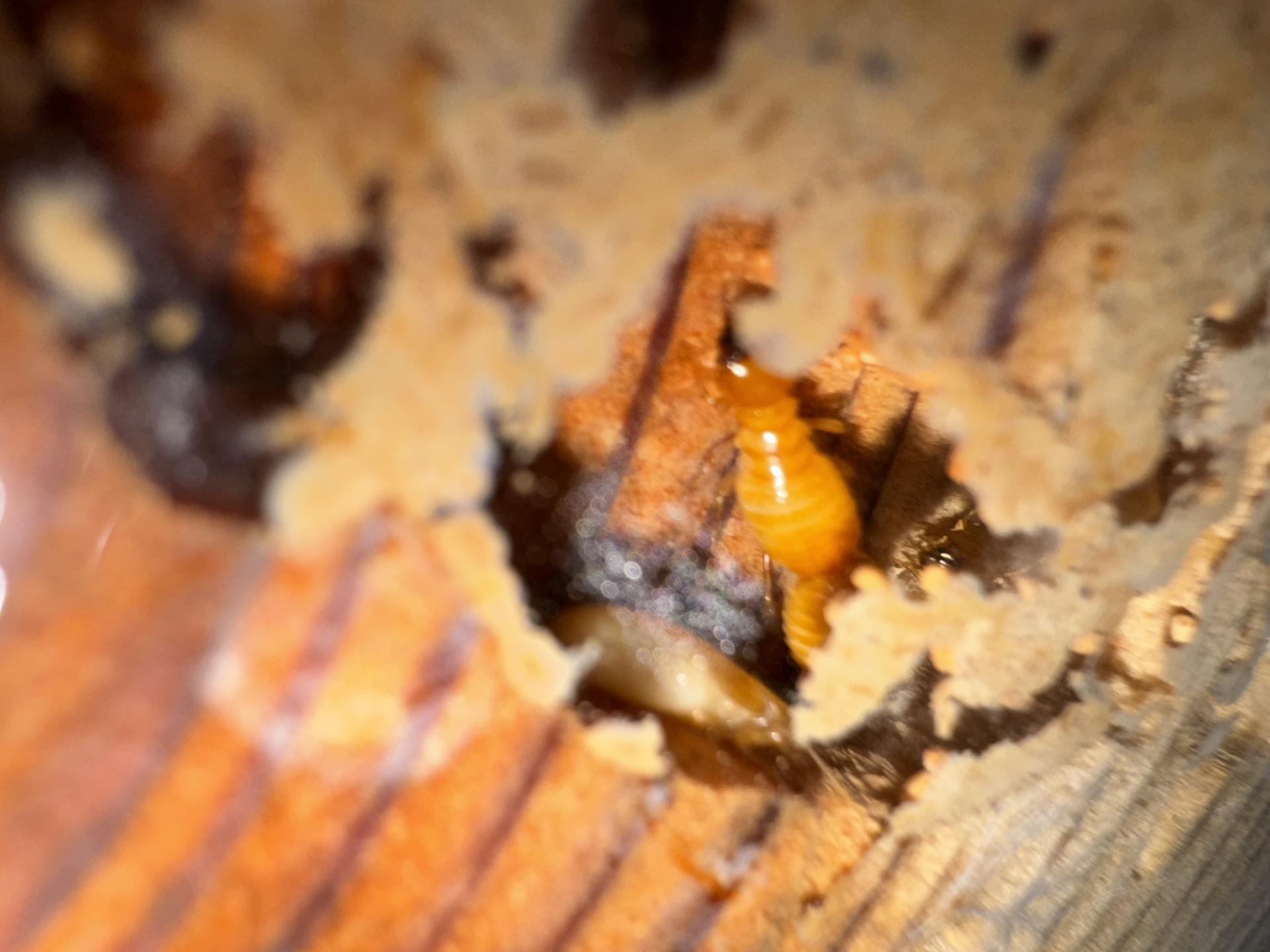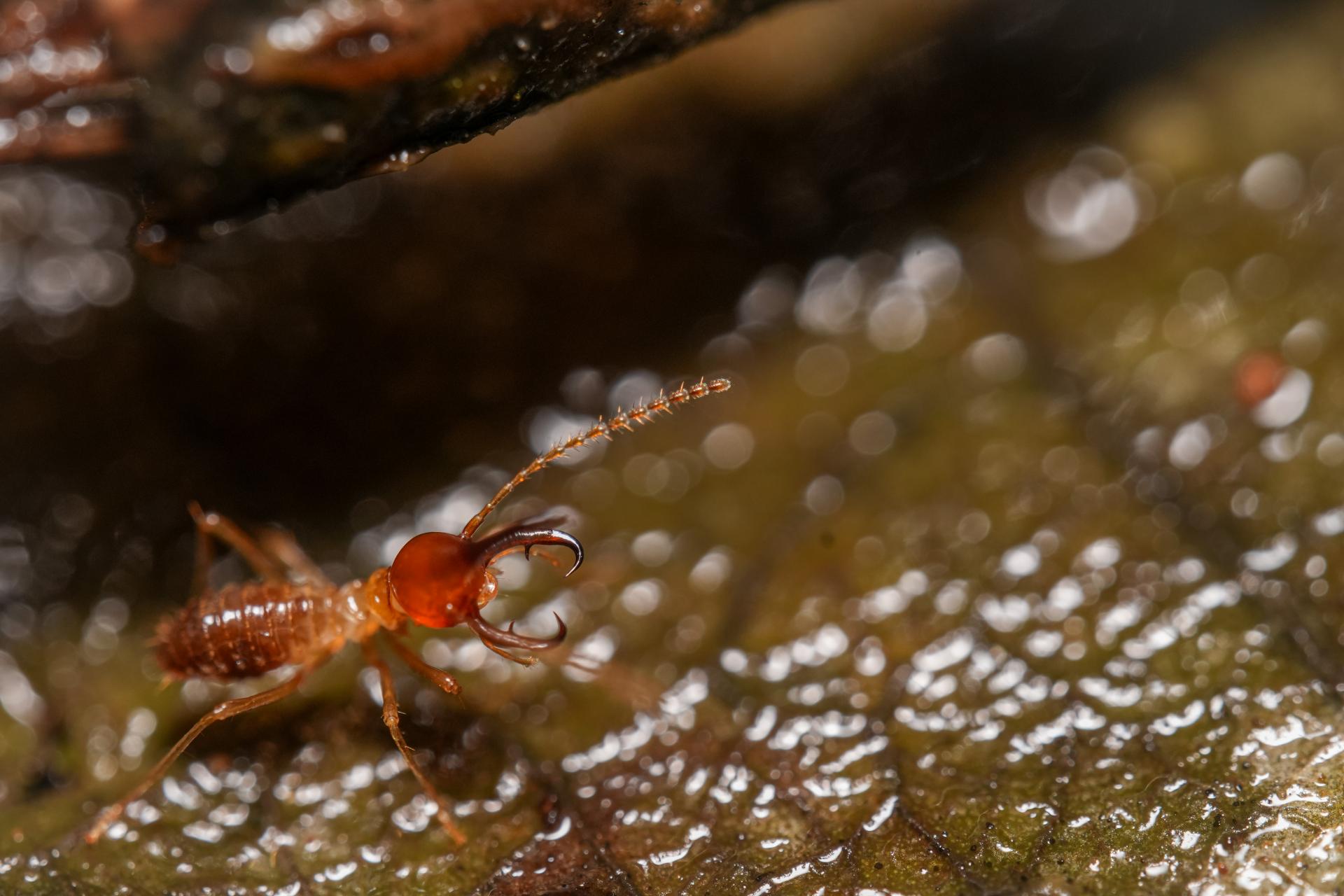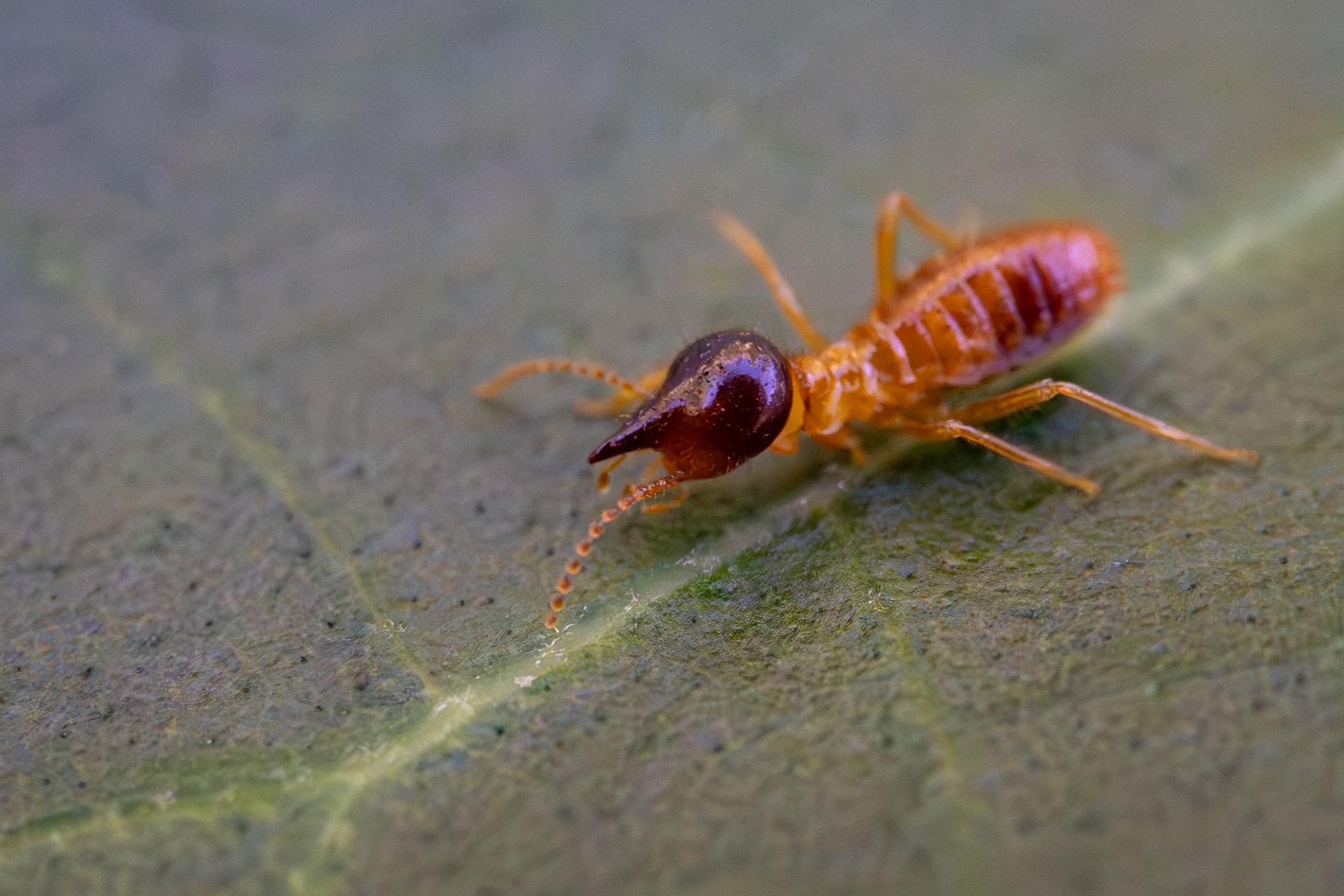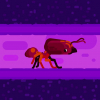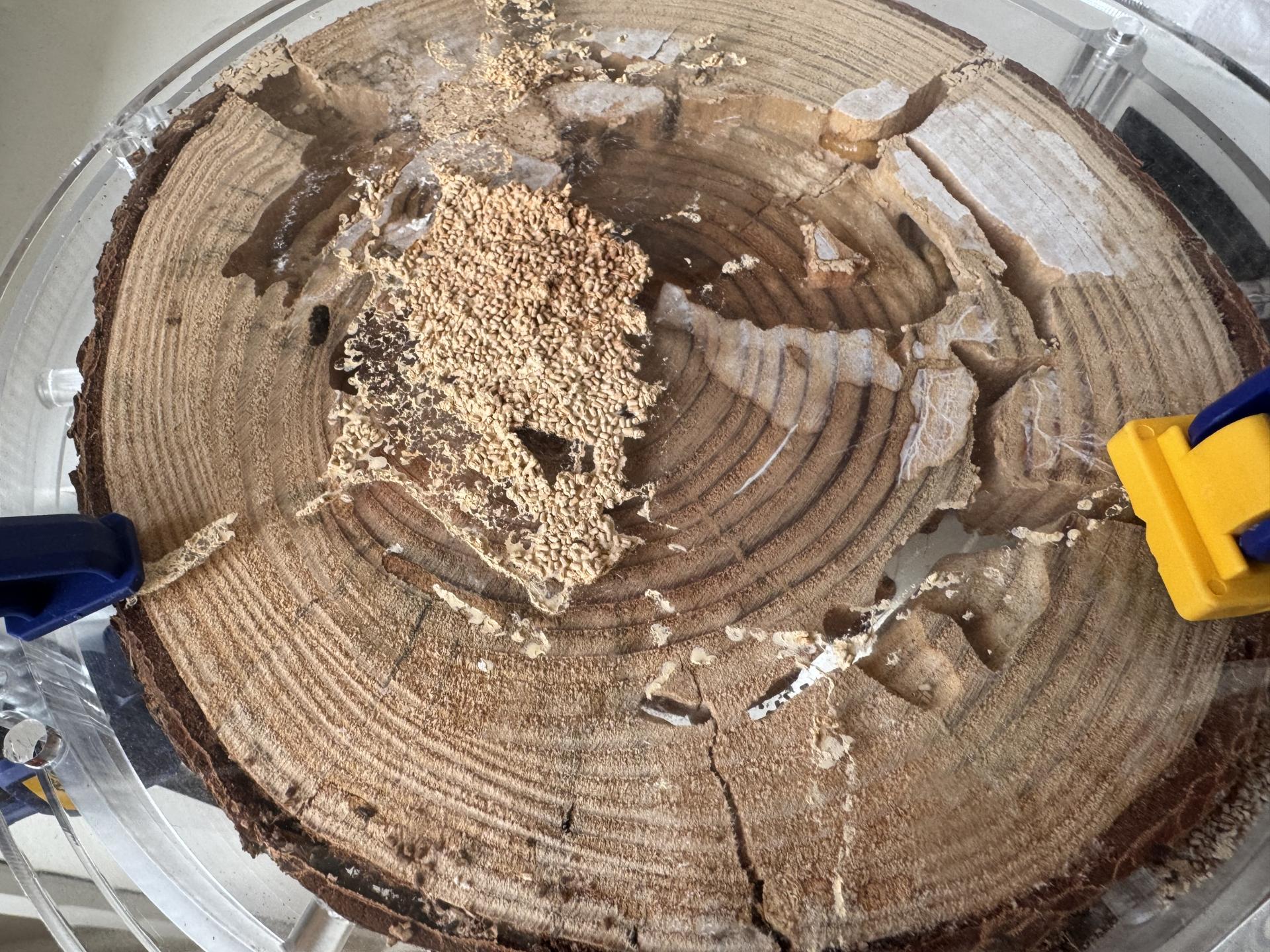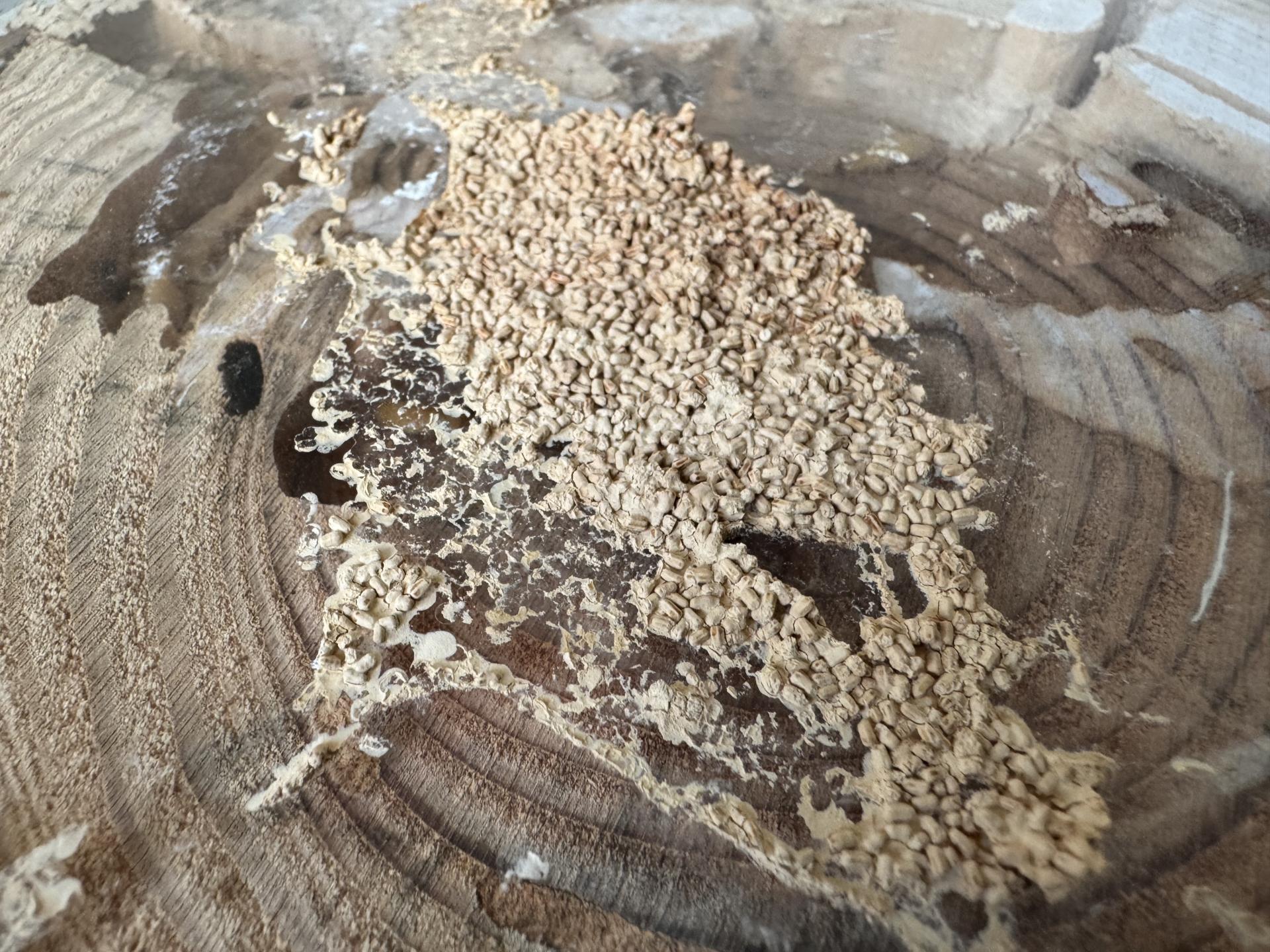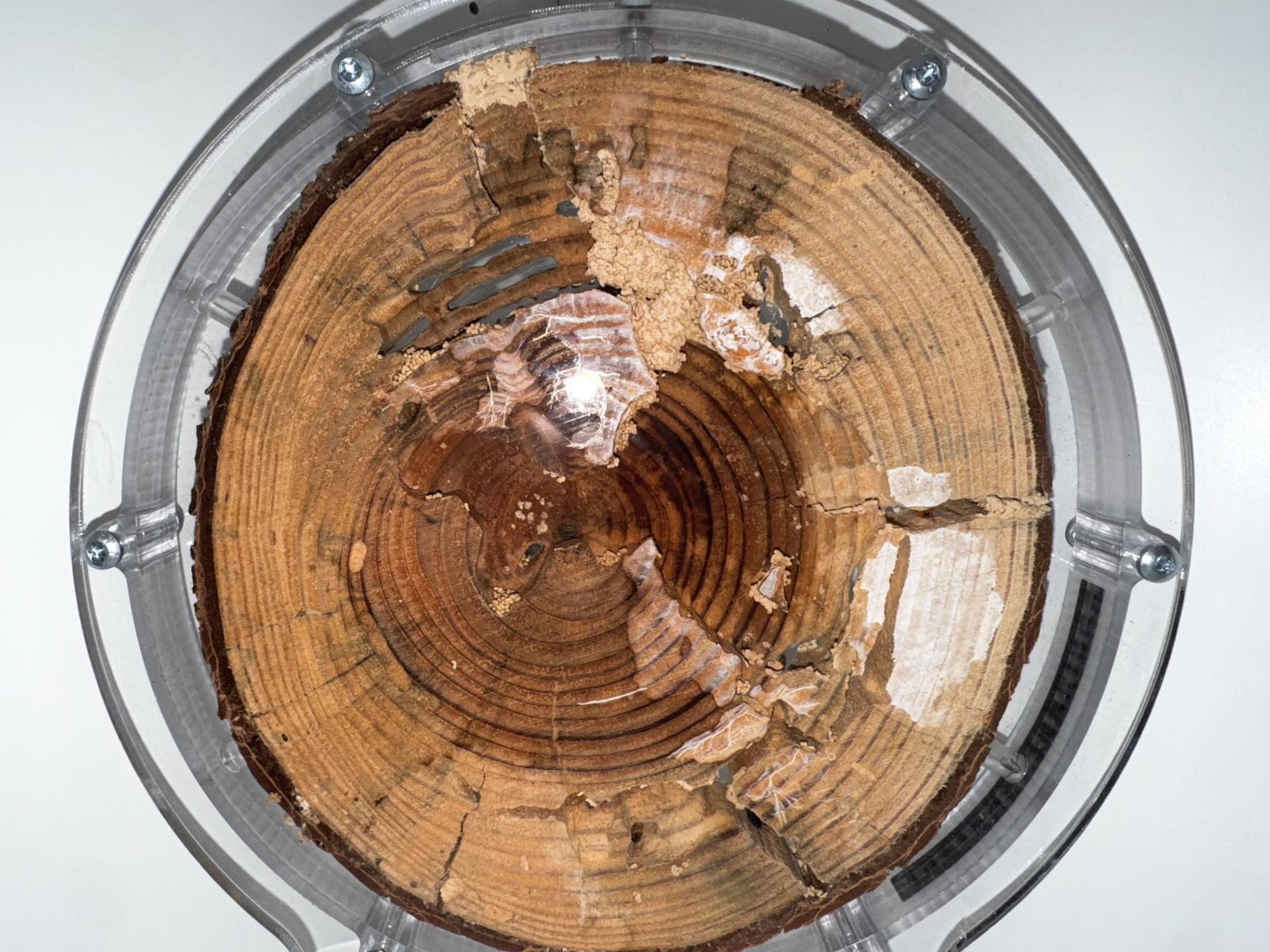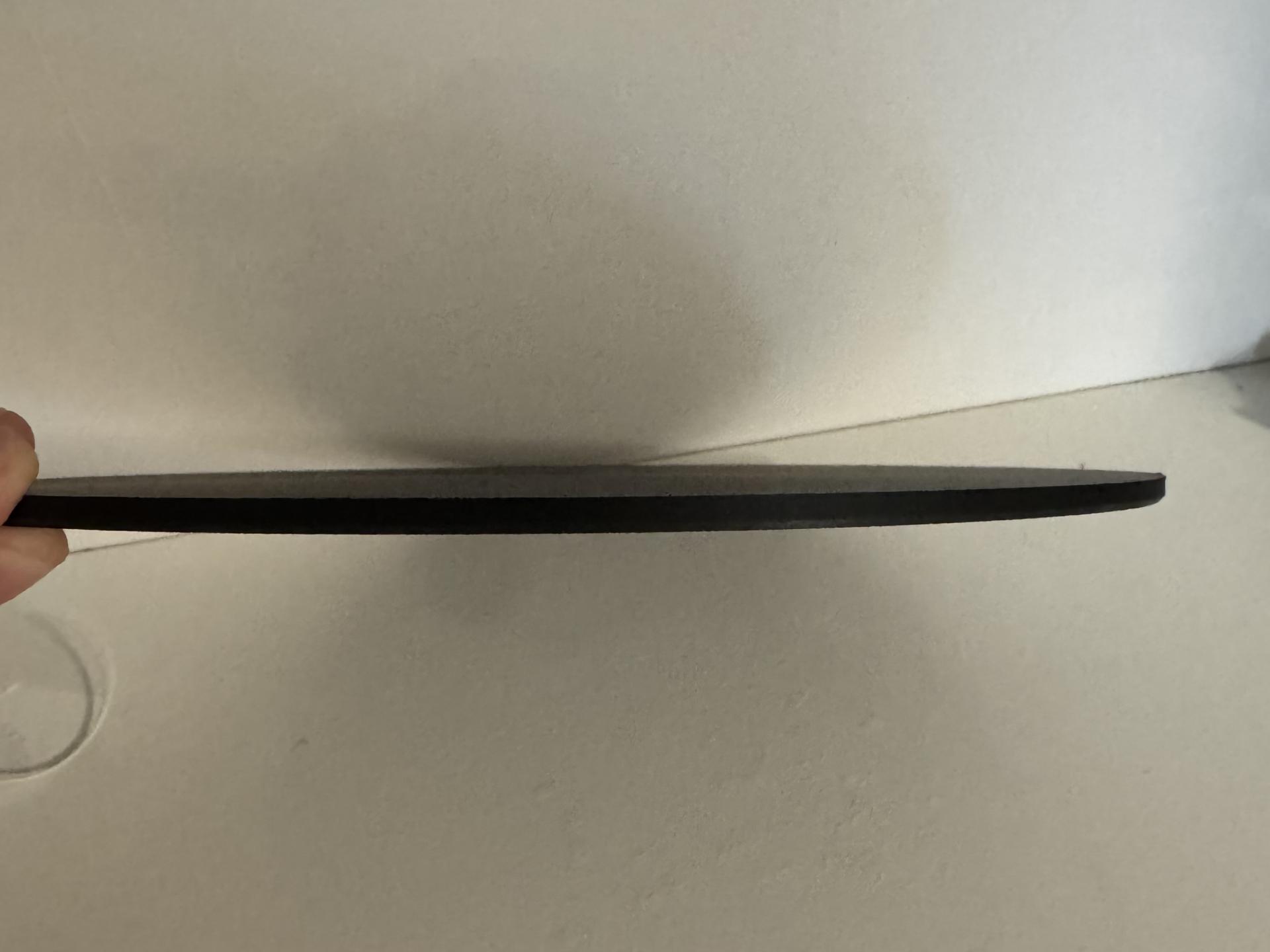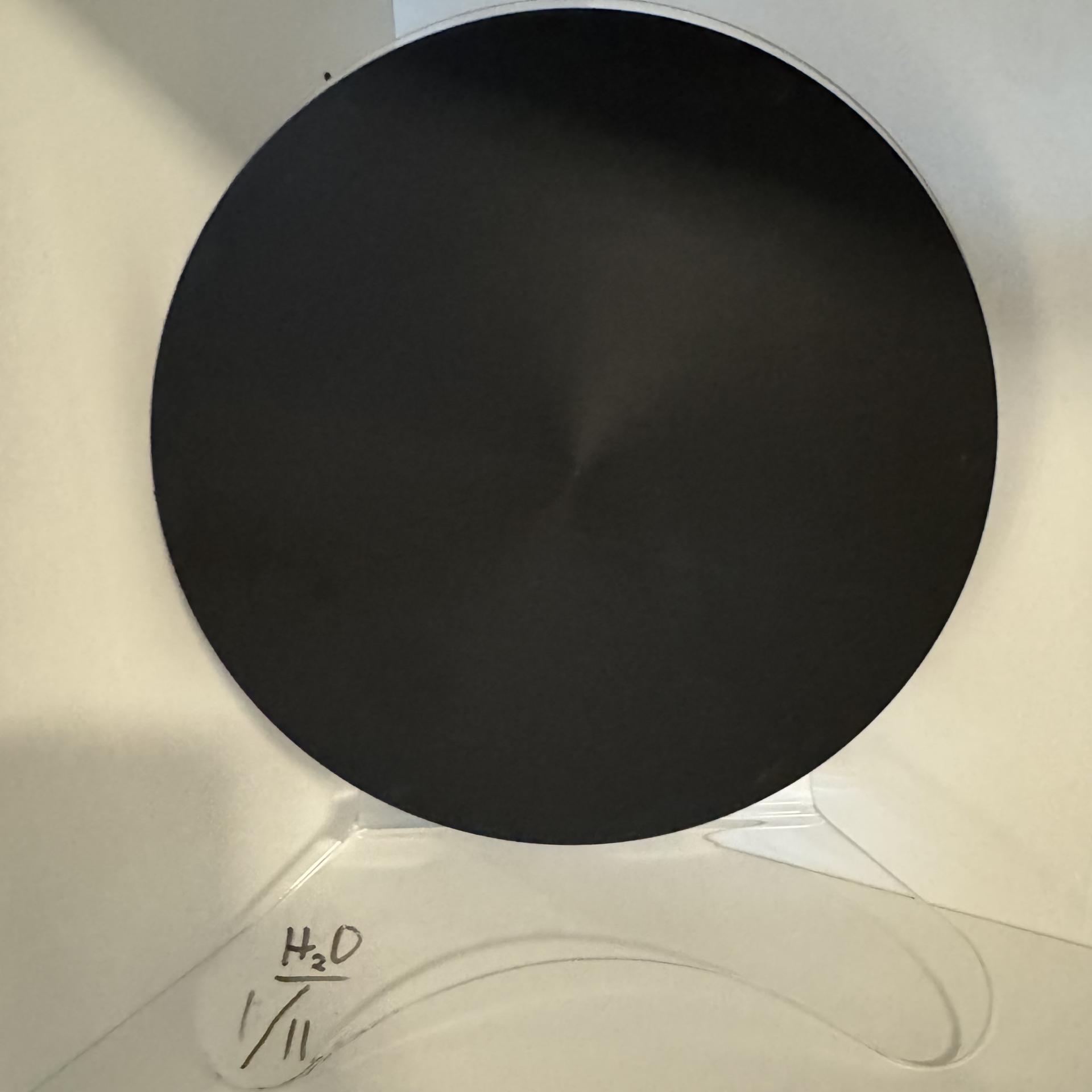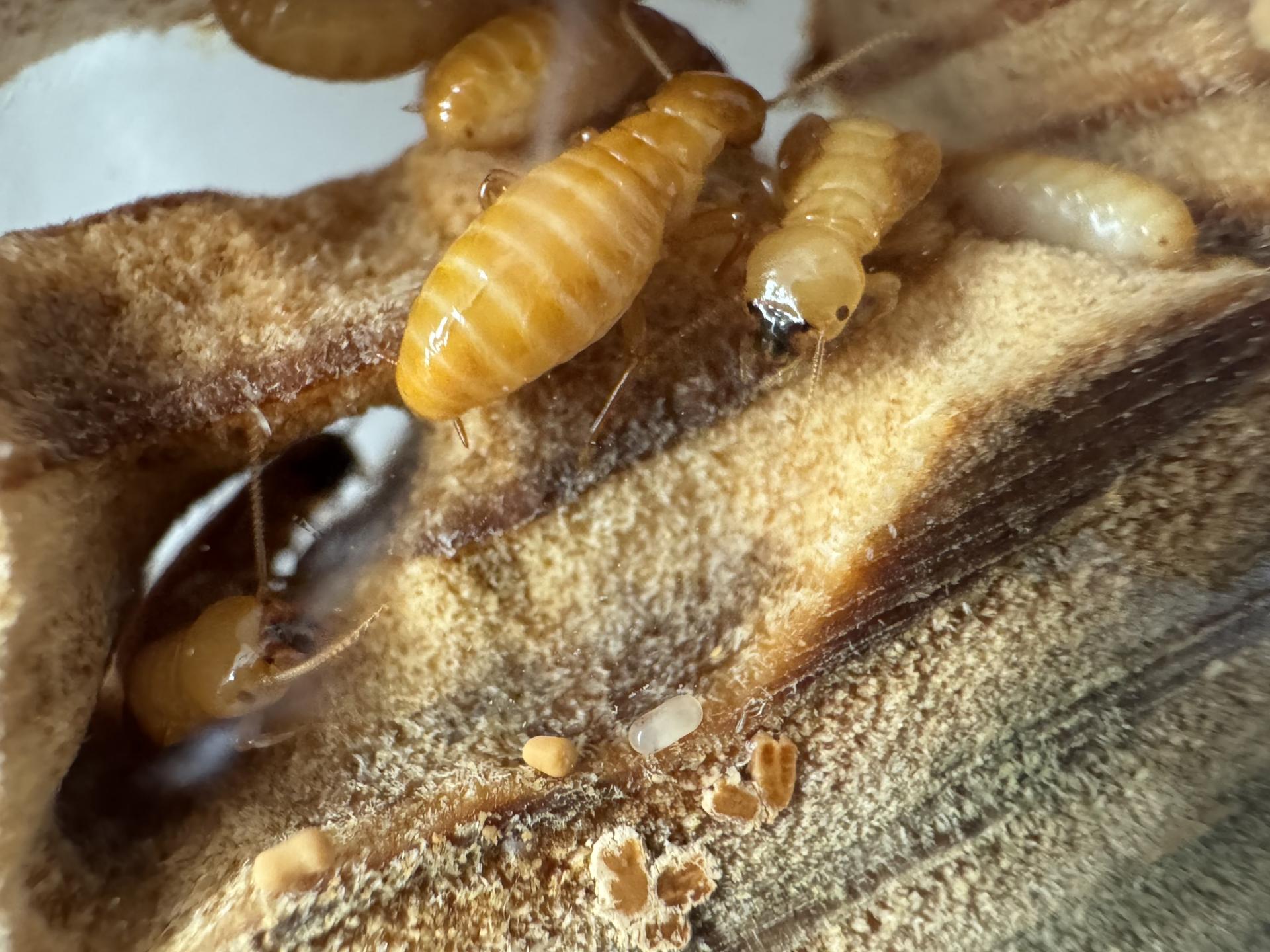Merry Christmas everyone! I hope that you all had an excellent holiday.
My aunt used to take care of an ant farm when she was little, so she has always been interested and supportive of my ant-keeping. A few months ago, I was talking to her about her ant farm, and the subject of a Termitat came up. Come Christmas/my birthday, and, to my delight (and my mom's dismay), it turns out that she actually got me a Termitat! So, and I’m smilling ear to ear as I write this, I am now the proud owner of a Zootermopsis angusticollis colony ![]() . Also, I can say that I got gifted termites from my aunt (you've gotta use the American pronunciation to make that one work lol).
. Also, I can say that I got gifted termites from my aunt (you've gotta use the American pronunciation to make that one work lol).
Anyways, with that introduction aside, here is my first update about these guys. They arrived with just over 25 workers and one soldier. They also seem to have quite a few nymphs which, to my understanding, will turn into neotenic reproductives. I'm not too familiar with termites and termite keeping, so I'm learning as I go. If anyone a little more expertise could confirm that this is the next step, that would be great. Also, how do you differentiate neotonics from the other nymphs? They look pretty similar from the images I’ve seen. Note that I’m basing most of this off of other member’s journals and also this diagram I found:
When the termites arrived, they had a lot of dry frass in their chamber. After watering they have almost completely cleared it out, which I’m pretty sure they are meant to be doing. They have already started blocking off the entrance which I hope is also a good sign. I’ve only had them for a day and they have already gotten loads of work done. They are also currently excavating a few tunnels that lead deeper into the wood—hopefully I don’t loose them in the log.
As for care, I’m watering them pretty generously for now, but I’ll slow down if it becomes a problem. I’m also covering the front of the nest to hopefully get them to dig up against the acrylic. I did this just by sticking a notebook to the front with a bit of blue tack so that I can easily remove it to observe them. Speaking of which, while I was watching/photographing them, I managed to capture one of the workers feeding the soldier through trophallaxis. The Termitat comes with a handy book full of information about this species. From it I learned that, like ant majors, the soldier termites cannot actually eat wood like the other termites so they must be fed by their nest mates instead. Here’s the photo of that plus a few other nice pictures I got.
Soldier being fed through trophallaxis:
The soldier standing next to a nymph:
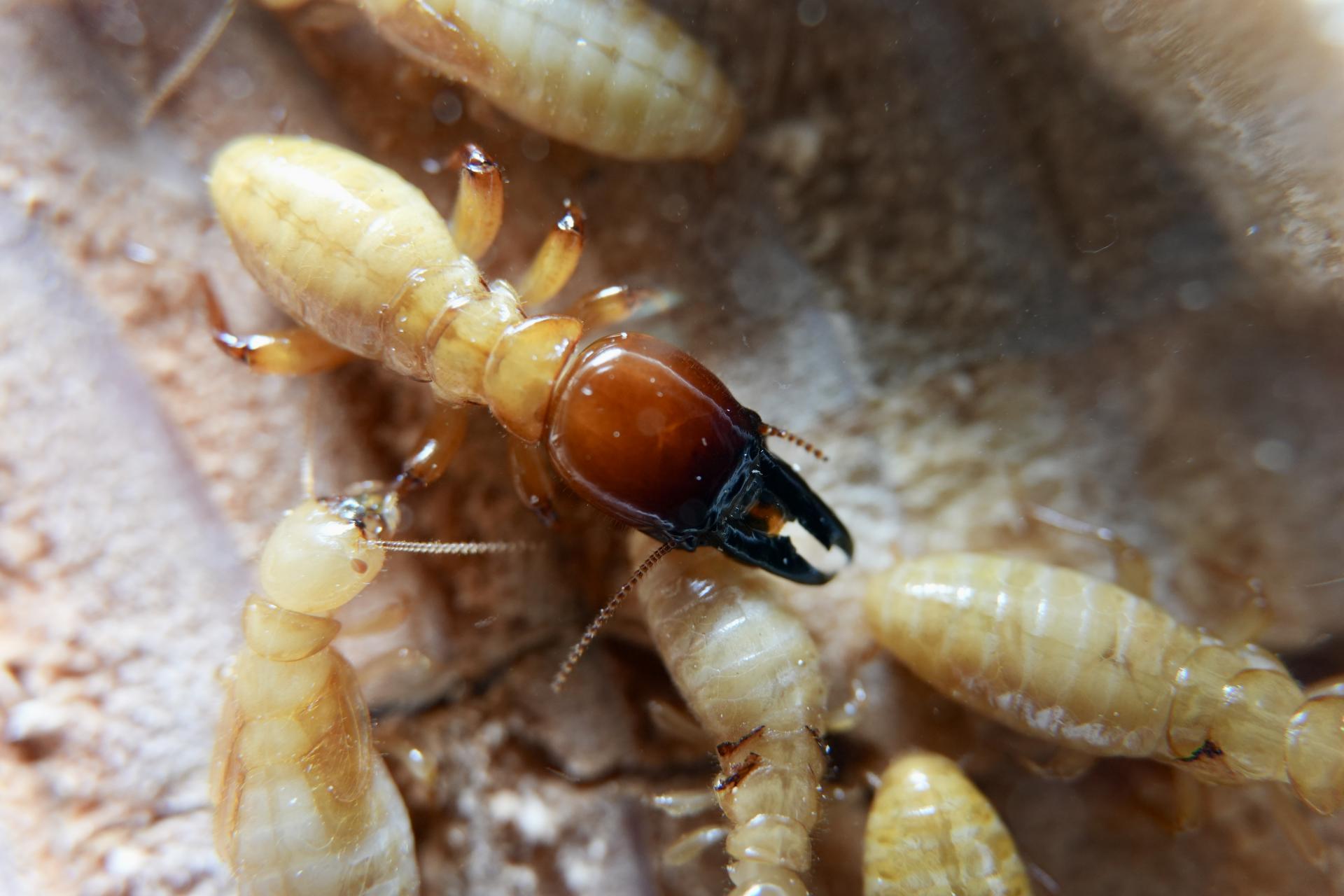
Soldier standing next to a worker:
Colony huddle. Note the two nymphs in the top right who will hopfully become reproductives. Also, what's up with the ones in the middle who look like they have wing scars or something? There are a few of them in the colony.
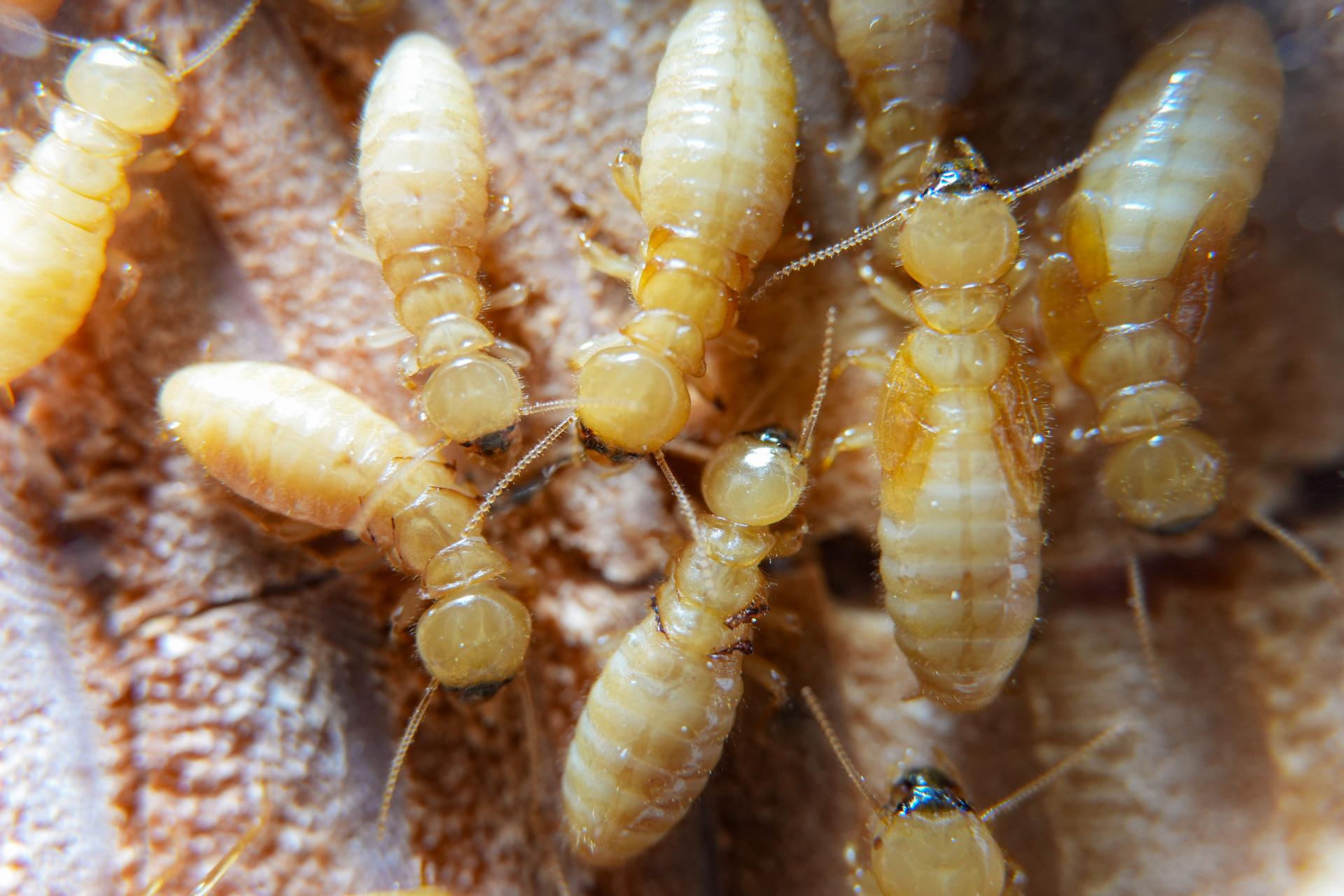
And a full view of the Termitat, I'm already in love with this thing:
Edited by Voidley, December 25 2023 - 10:05 PM.

